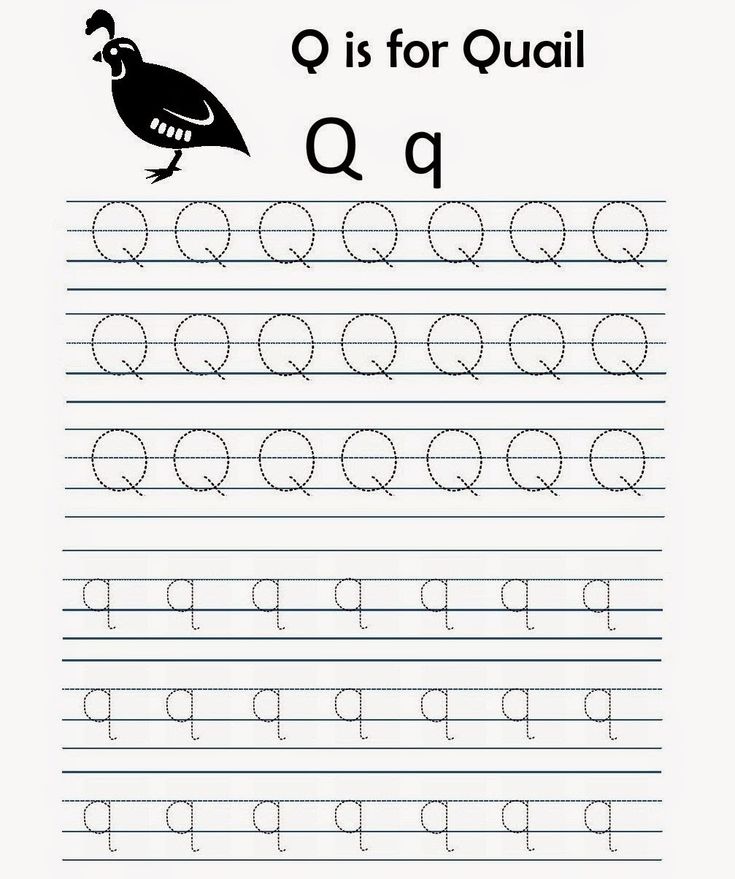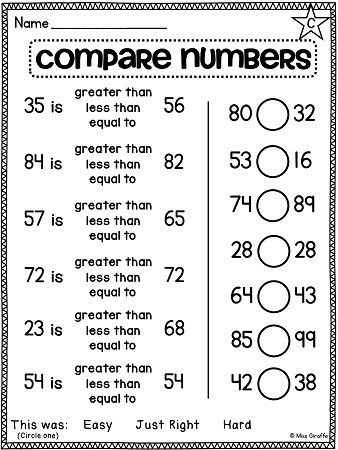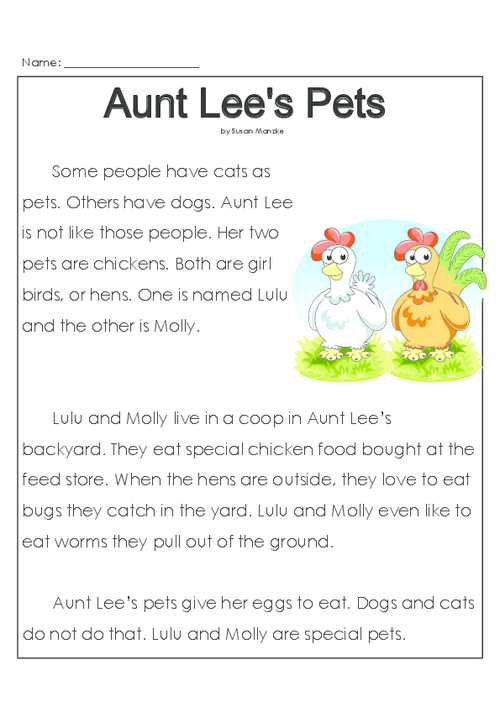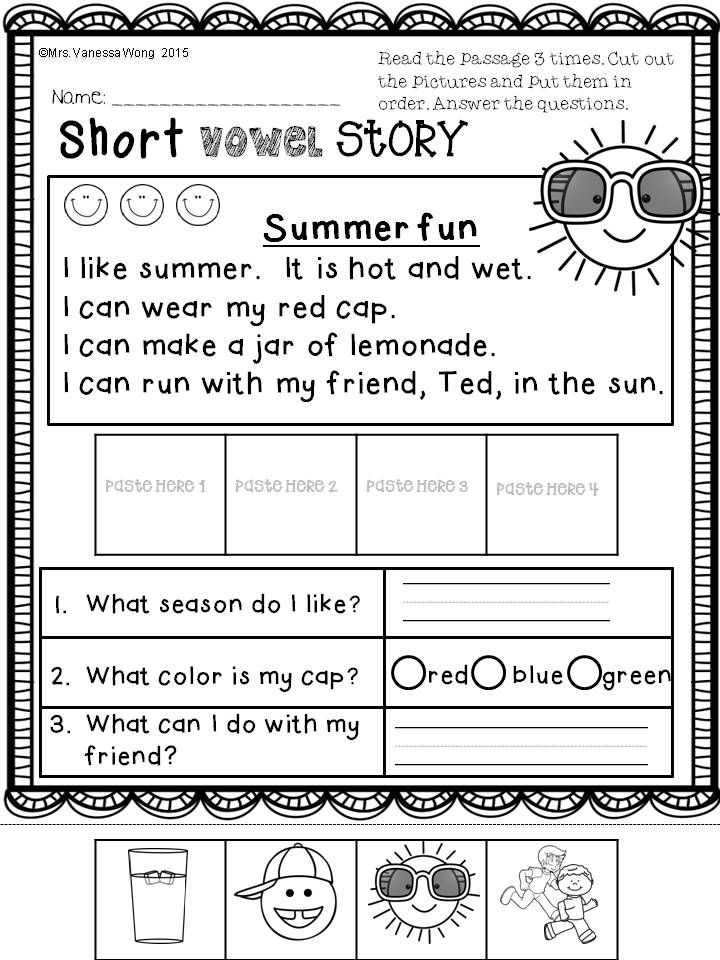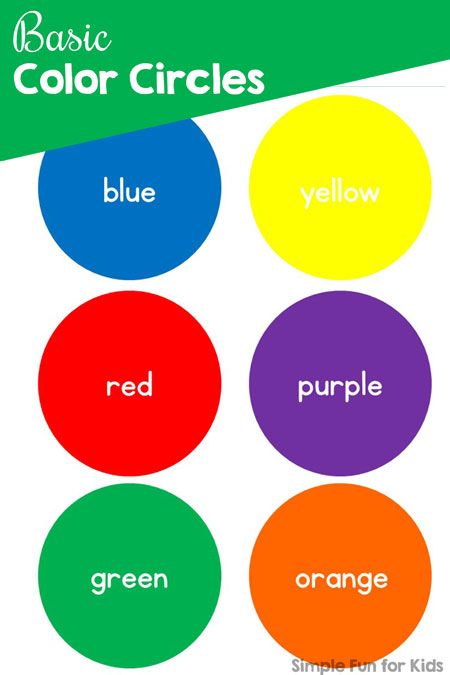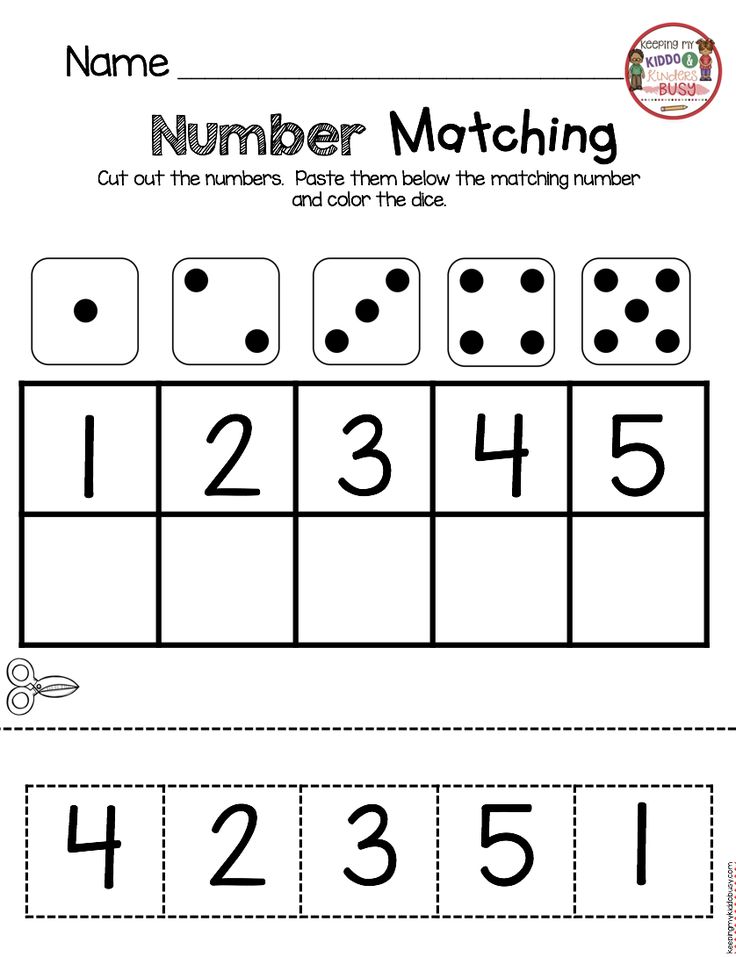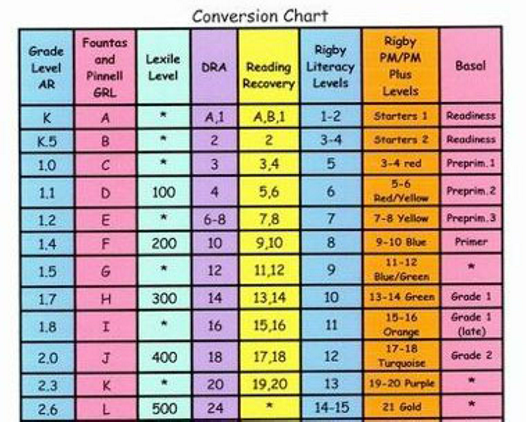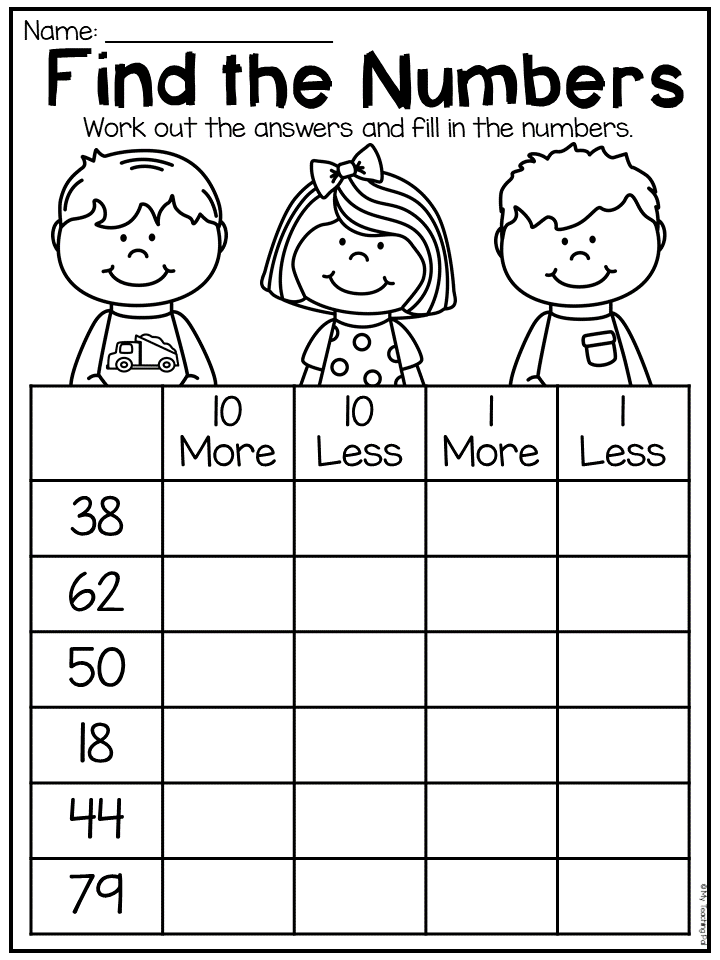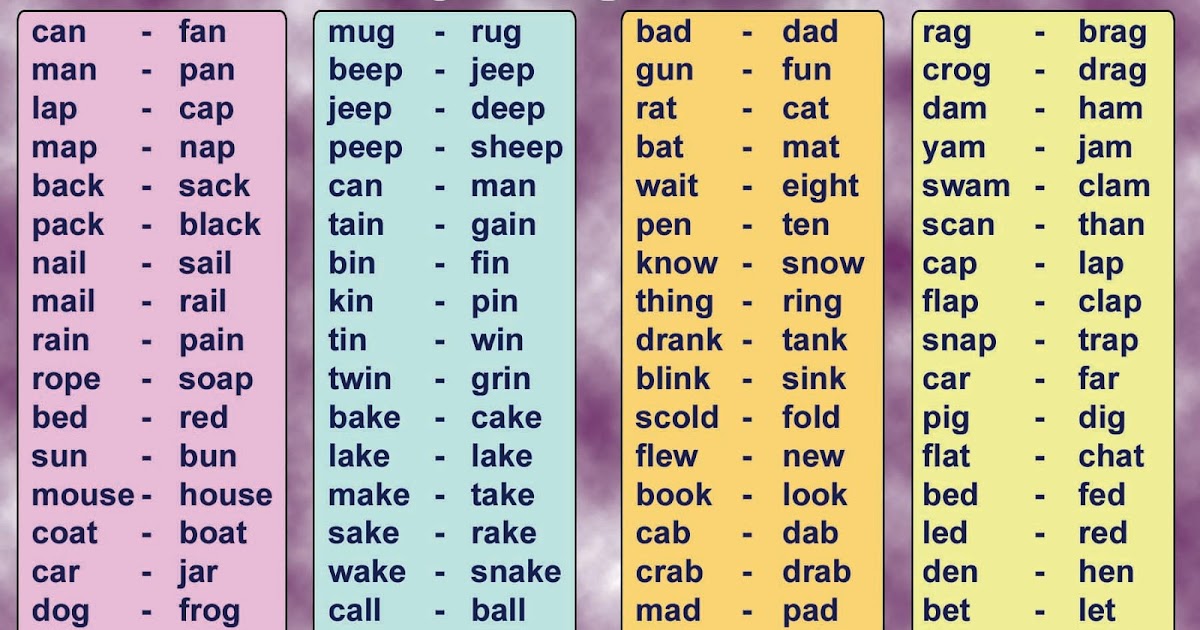Learn activities for 3 year olds
7 Fun And Easy Learning Activities For 3-Year-Olds
Finding activities for 3-year-olds should be easy, but that’s not always the case.
Maybe you’ve planned a few fun games to keep your child entertained during the day. These were activities they loved last week, so surely they’ll still find them entertaining. Not today.
For some reason, these games no longer hit the sweet spot, and your child looks at you as if to say, “Is this all you’ve got?”
We’ve been there! So what can you do?
Fear not. We’ve compiled a list of creative and engaging activities to keep your three-year-old entertained (and learning!) at home.
Importance Of Learning Activities For 3-Year-Olds
Three-year-olds have a lot of energy, and they are often eager to try new experiences. This is great because, while engaging in activities, your child has the opportunity to develop many valuable skills.
For instance, hands-on activities — in which your child molds, cuts, sticks, sorts, or manipulates objects — help them develop motor skills. They also help your child learn to follow directions for precision and accuracy.
All of these skills can be used later in life with important, daily actions such as writing and tying shoelaces.
Similarly, activities like putting puzzles together and playing with building blocks help develop reasoning skills and creativity, to name just two benefits for your child..
Different learning activities for 3-year-olds can also help your child exercise patience, perseverance, and logical thinking. These are all important for a young child’s development.
The first six years of a child’s life are a critical period for brain development. When children engage in activities that incorporate multiple skills simultaneously (like listening, talking, and using their hands), it activates more areas of the brain and helps enhance learning.
How To Approach Activities For 3-Year-Olds
Keep It Simple
So often, parents assume they have to find the most elaborate activities and games for their children.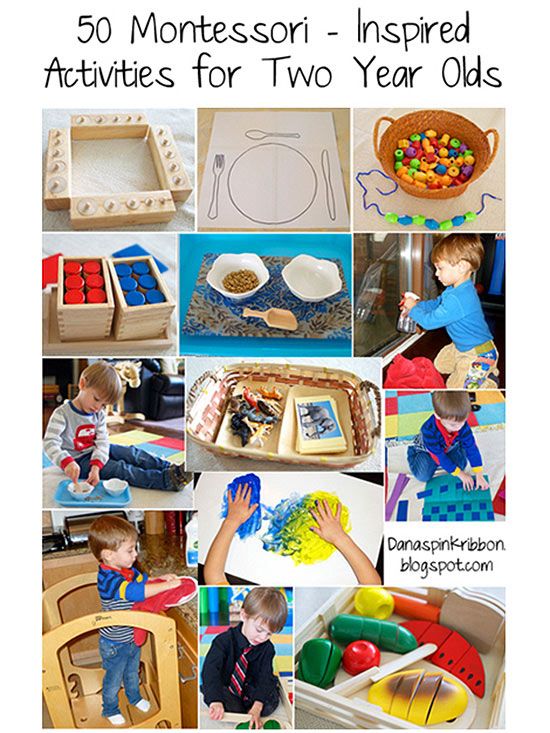 Of course, you’re free to do so, but it’s important to know that’s not always necessary.
Of course, you’re free to do so, but it’s important to know that’s not always necessary.
Three year olds are fascinated by lots of simple things — different colors and shapes, how these colors change when you mix them (e.g., red and blue make purple), kicking a ball, storybooks about dinosaurs, baking cookies, and so on.
To create engaging learning activities for 3-year-olds, you don’t have to overwhelm yourself. Instead, you can use many everyday items you already have around the house.
Allow For Creativity
Life is full of rules, so, during these activities, why not just let your child be, well, a child? If they decide to paint a blue dog, that’s OK! And if they choose to create a 10-legged cat, what’s the big deal?
It’s essential to allow your child to do crafts in their own way and give them ownership over the experience.
That being said, always consider whether or not you’re up for a mess. Sure, the Pinterest images of children covered in colorful paint or glitter look like a blast, but we all know someone has to clean that up!
If you’ve had a long week at work, for instance, there’s nothing wrong with choosing activities for 3-year-olds that will not drain the little bit of energy you have left, and then leaving the messy ones for a less stressful time.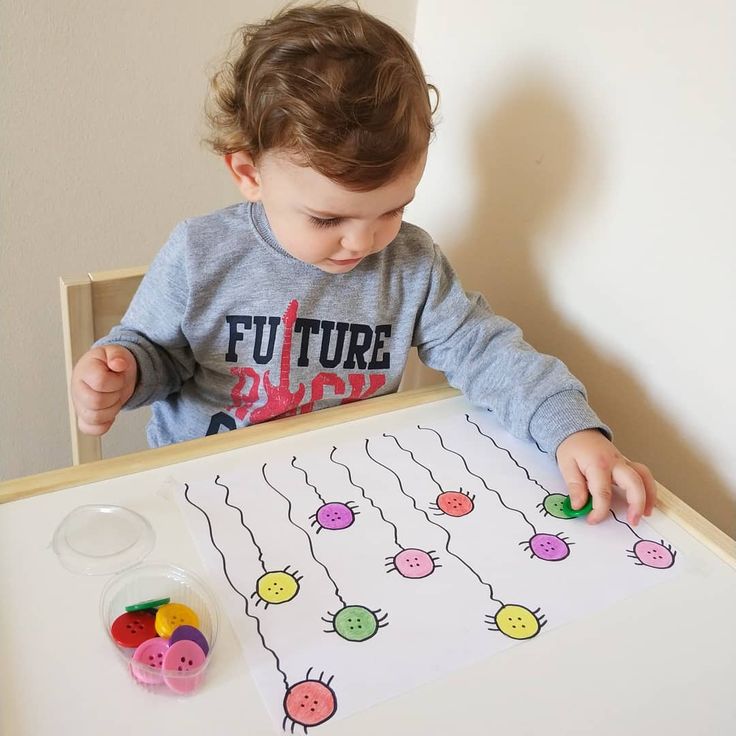
Be Flexible And Patient
While introducing different activities, it’s important to understand that your child might prefer some over others. That’s OK!
At this age, your child is learning who they are and what they’re comfortable with. Understanding their likes and dislikes is part of the learning process for us as parents.
7 Fun And Easy Learning Activities For 3-Year-Olds
1) Number Hunt
What You’ll Need:
- From teddy bears to building blocks to balls, any fun items can be used for this activity!
What To Do:
Ask your three-year-old to find an item or a group of items. For example, ask them to find one teddy, two socks, and three balls. To add a little more excitement to the mix, you can also time your child. Can they find the items in just one minute?
If recalling all this information is a little tricky for your child right now, that’s OK. You can start by asking them to search for one item at a time (e.g., one teddy, and then one sock, and then one ball) and progress from there.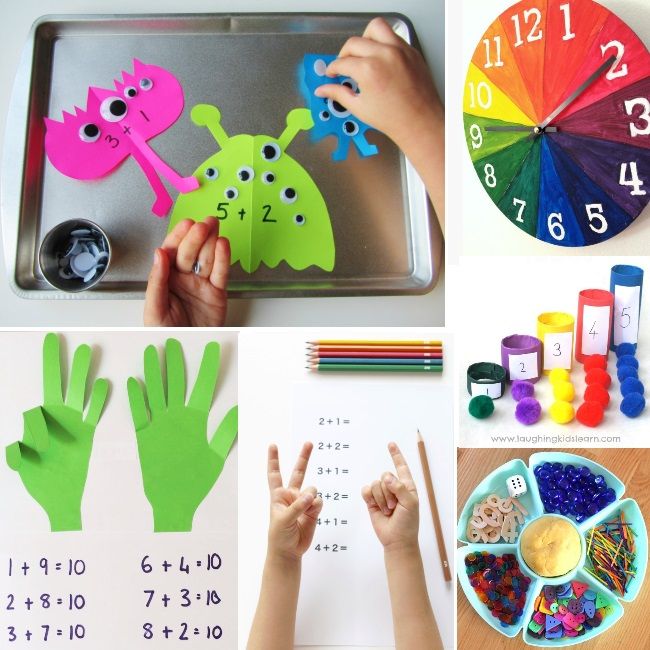
This is a great activity for an active young child. It helps to get those mental juices flowing as they will need to remember what items they need to find and the number they need for each.
2) Pasta Necklaces
- What You’ll Need:
- Dry, uncooked pasta (the tubed ones, to be specific)
- Sealable plastic bags
- Food coloring
- A cotton thread or string (you can also use an old shoelace)
- Tray
- Paper towel
- Optional: rubbing alcohol and beads
What To Do:
Start by placing the pasta into your plastic bags, and then add a few drops of food coloring and some rubbing alcohol. Note that you don’t have to use rubbing alcohol, but it helps to dry the food coloring faster.
After adding the coloring, seal the bag properly and give it a good shake. Now pour the colored pasta out on your trays (which you’ve lined with paper towels) and allow them to dry.
While waiting for the pasta to dry, you can cut the desired necklace length for your child out of the thread and string and tie a knot on one of the ends.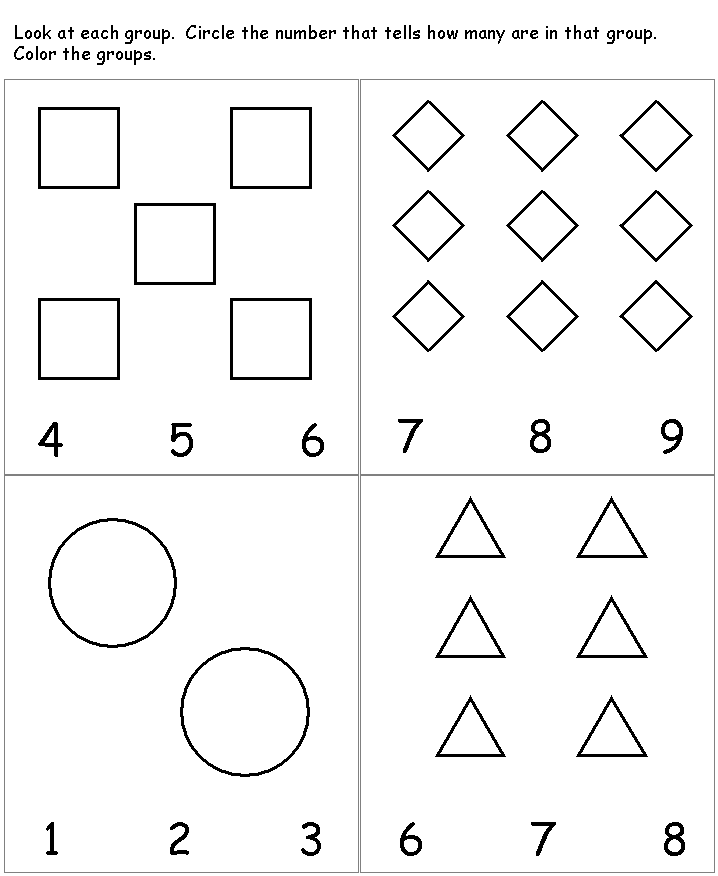
Once the pasta is dry, your child can then string the pasta and the beads (optional) to make a necklace. When they reach the end of the string, remember to tie the two sides together.
This is a fun way to help your child practice counting (“How many pieces of pasta are you adding?”), continue developing their fine motor skills, and tap into their creativity.
3) Trace Yourself
What You’ll Need:
- Crayons
- Paper sheets
What To Do:
This activity requires the least amount of prep and can be great for an easy afternoon when you’re in the mood for low mess levels.
The simplest body part to start with is your child’s hands. Once your child has mastered tracing out their hands, they can progress to their feet.
(For even more fun, use a very large piece of paper and trace your child’s whole body. They can then color features and clothes.)
This is an excellent way to help your child practice their grip on items (fine motor skills, anyone?), as they will need to firmly hold onto the crayons throughout.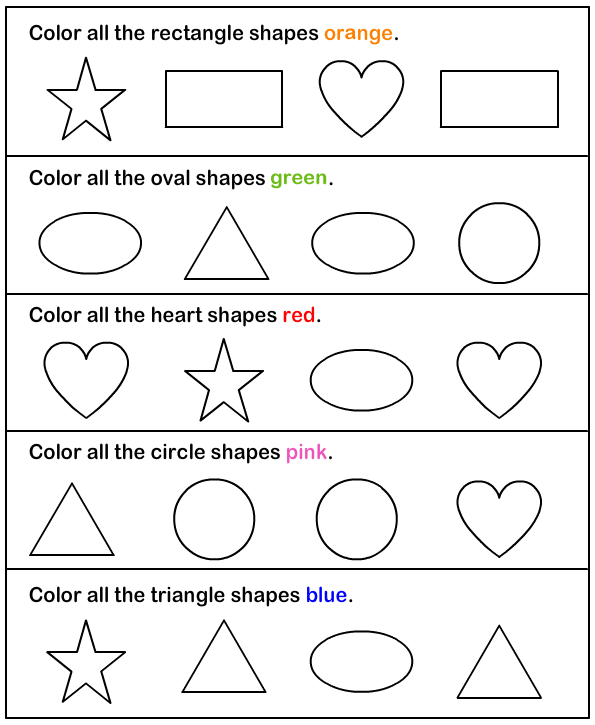
4) Make An Ocean
What You’ll Need:
- HOMER Sail The Ocean printable coloring page
- Crayons, markers, or colored pens
What To Do:
Help your child color in the printable and discover all the interesting creatures that live in our seas!
This is a great activity to help familiarize your child with ocean creatures. You can encourage them to give the fishies silly names and even make up stories about them.
This activity helps kids express their creativity and continue practicing their coloring.
5) Build A City
What You’ll Need:
- Building blocks
What To Do:
Help your child discover their inner architect by building their own city. The city can have high-rise buildings, a community park, and even a local candy store. There are no limitations!
This activity will help your child channel their creativity and problem-solving skills. They will also learn important life concepts, like understanding that for a building to be solid, they’ll need to create a firm foundation.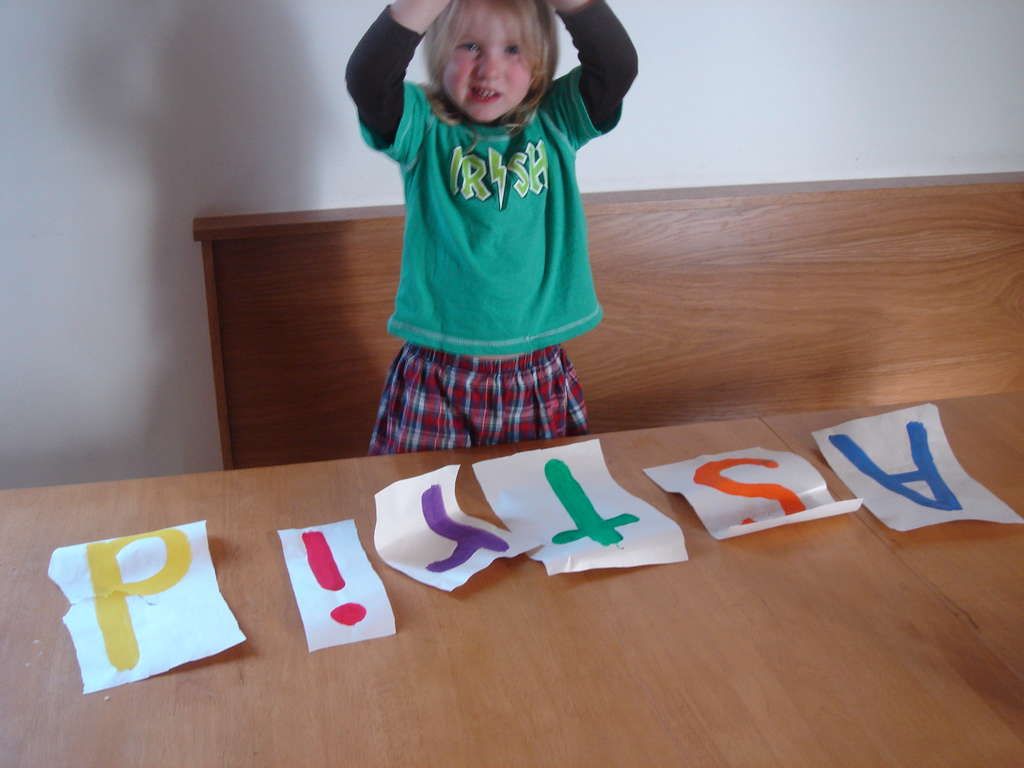
6) Watch It Grow
What You’ll Need:
- HOMER printable field notes template
- Crayons or pencils
- A large jar (glass or clear plastic)
- Fast-growing seeds (e.g. peas or beans)
- Paper towels
- An old milk or juice carton
- A ruler or measuring tape
What To Do:
Start by asking your child to fill the jar with paper towels, and then pour water onto the paper towels until they are slightly damp.
Proceed to “plant” the seeds into the damp towels. Remember to position them near the edge so you can see them grow! You can then use the printable to decorate the watering can (the milk or juice carton) and add a tag with the plant’s name.
Over the following days, ask your child to note anything they observe from the seeds. They can also measure the growth and log field notes to track the changes. Remember to add some water if the paper towels dry out.
This is a great activity to help your child practice using a measuring tool. They will also learn how plants grow, as well as the importance of water, sunlight, and patience!
They will also learn how plants grow, as well as the importance of water, sunlight, and patience!
7) Create Your Own Color Hunt
What You’ll Need:
- Crayons
- Five objects that match each color crayon in or around the house
- Optional: HOMER Make a Color Hunt printable
What To Do:
Draw a square in the center of a piece of paper (or use the optional Make a Color Hunt printable). After drawing the square, use just one color to color it in. Lastly, hand your child the paper and ask them to find five items in or around the house that have the same color.
For young kids who aren’t counting yet, you can place items into a bucket or box and ask them to find the items from inside that match the color in the box.
This is a great activity to help with sorting, learning colors, and counting.
Let The Adventures Continue!
There are lots of ways to help your child stay entertained, engaged, and learning while at home! Whether you choose all or some of the above activities for 3-year-olds, remember to incorporate a mixture to help your child continue developing different important skills.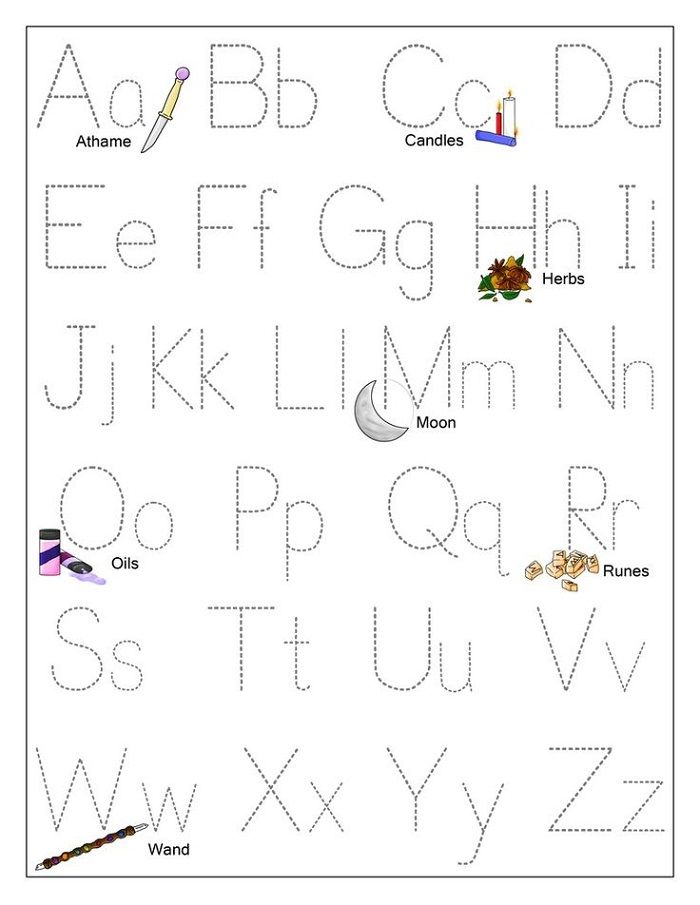
If you’re searching for more learning activities for kids to try at home, check out THE HOMER Blog for inspiration!
Author
36 Fun And Interesting Learning Activities For 3-Year-Olds
Multiple outdoor and indoor activities from all genres for your adorable toddler.
Research-backed
MomJunction believes in providing reliable, research-backed information to you. As per our strong editorial policy requirements, we base our health articles on references (citations) taken from authority sites, international journals, and research studies. However, if you find any incongruencies, feel free to write to us.
Image: Shutterstock
Three-year-olds are very active and keep parents and other family members on their toes all the time. Interesting activities for three-year-olds can help parents channelize their energy in the right direction.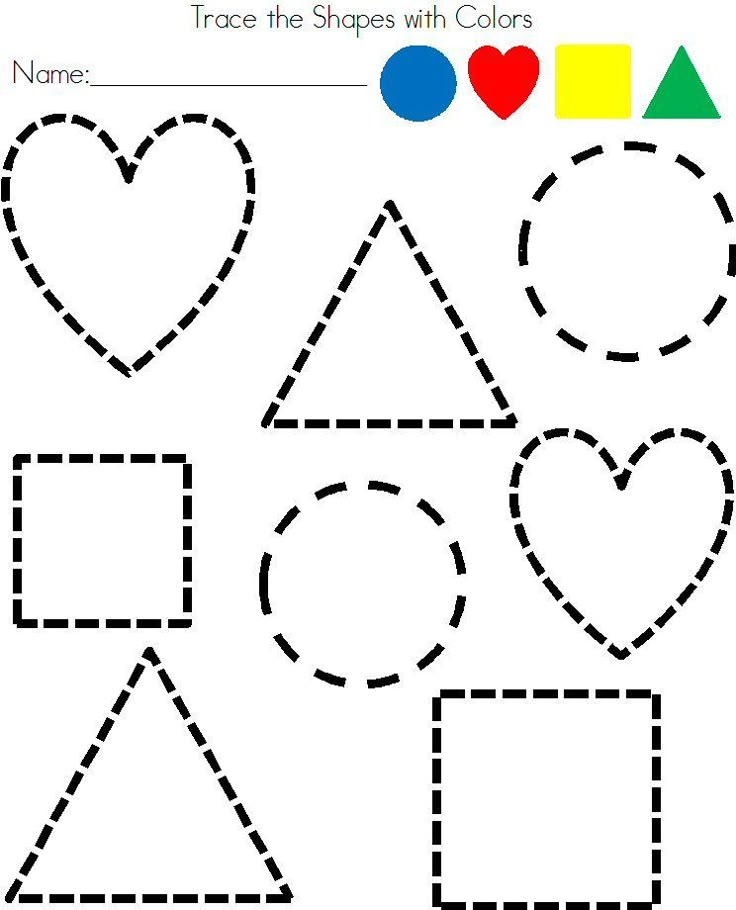 While their concentration span increases with age, they may be more restless to satiate their curiosity to explore new things. No number of toys or games can hold a three-year-old’s interest for very long. So to keep them engaged in a particular activity for more than just a few minutes, it is inevitable for parents and caregivers to come up with meaningful activities that would cater to their preferences and interests. Read this post where we bring some amusing and educational indoor as well as outdoor activities that keep your three-year-old engaged.
While their concentration span increases with age, they may be more restless to satiate their curiosity to explore new things. No number of toys or games can hold a three-year-old’s interest for very long. So to keep them engaged in a particular activity for more than just a few minutes, it is inevitable for parents and caregivers to come up with meaningful activities that would cater to their preferences and interests. Read this post where we bring some amusing and educational indoor as well as outdoor activities that keep your three-year-old engaged.
35+ Activities For Three-Year-Olds
Arts And Crafts To Improve Creativity
Art and craft activities are said to improve children’s cognitive abilities as they enable them to use multiple areas of the brain. Using both their hands and fingers also encourages the development of muscles in those areas and could improve their fine motor skills.
Here are a few art and craft activities for three-year-old kids.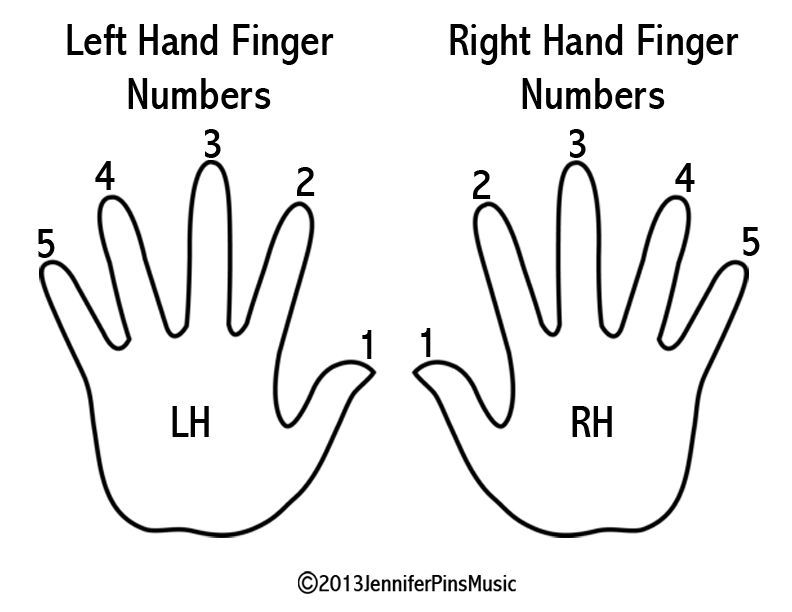
1. Fabric painting
For a three-year-old child, fabric painting could be something basic to teach them a few painting techniques, shapes, and colors.
You will need
Old fabric or T-shirts, fabric colors, stencils or chart papers, small sponges
How to do
- Get ready-made stencils or take a thick chart paper and make some shapes like stars, hearts, drops, etc., in it to make your stencil.
- Tape the stencil on the fabric and ask your kids to fill it with color using the sponge.
- Once they are done, remove the tape and stencil to find surprisingly perfect shapes.
- Repeat the process in different parts of the fabric to get a beautifully painted fabric.
Image: iStock
2. Drawing or Painting
You cannot ask a three-year to draw a masterpiece. Instead, you can help them paint or draw something with easily available tools.
You will need
A paper or a drawing book, water colors or acrylic paints or crayons, pencil, fork, brushes, or sponges.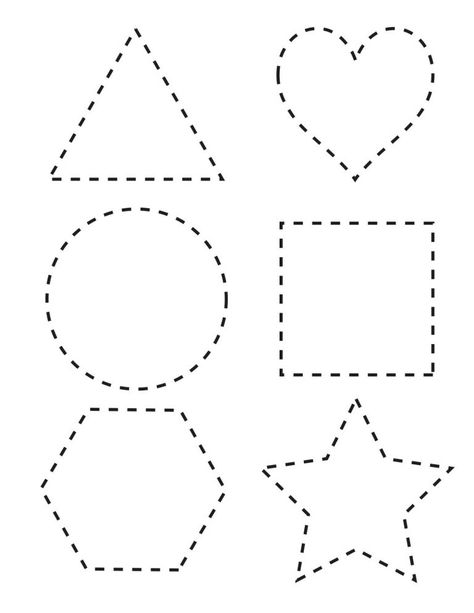
How to do
- Get them an appealing coloring book and ask them to fill the images in it with colors as in the reference image.
- You can also draw some simple geometric figures like squares, circles, or triangles and ask them to color them.
Image: iStock
3. Pot Painting
Get a plain terracotta or a clay pot from your garden and let your kids add color to it. Be open-ended so that your kids use their creativity to make it beautiful in their way, even if it is not perfect.
You will need
A small empty clay pot, bright colored acrylic paints, a wax paper, and a newspaper.
How to do
- Spread the newspaper on the floor, followed by the wax paper. Keep the clay pot upside down on the wax paper.
- Squeeze acrylic paints around the pot’s edge so that it drips down and colors the sides of the pot. Take one color at a time and do it one after the other.
- Don’t let the paints dry in between.
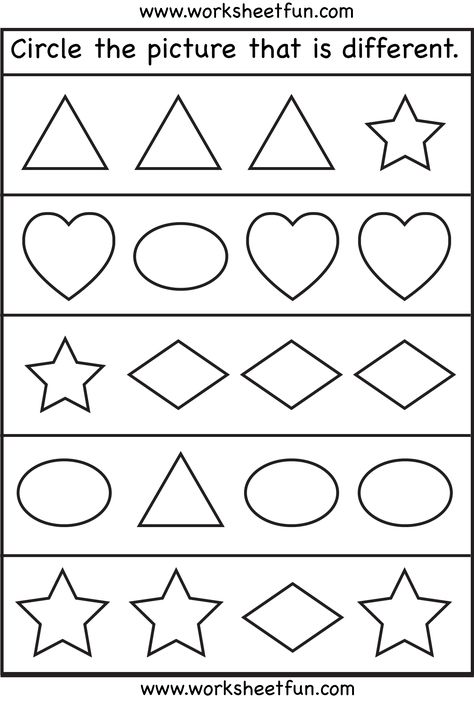 Once the pot is completely covered, let it dry for at least a day.
Once the pot is completely covered, let it dry for at least a day. - You can also keep the canvas clear with a base coat of white or black and ask your kids to paint whatever they wish.
Image: iStock
4. Stamp Painting
This is one of the easiest ways to make your kid paint different patterns without much effort. You can use a variety of objects to create beautiful patterns with this art form.
You will need
Potatoes, lady’s finger, onion, natural flowers, leaves, cookie-cutter, knife, paints, drawing paper, and brushes.
How to do
- This depends on the kind of object you choose. Let’s take a big potato, cut it into half, and with the help of a cookie cutter or a knife, make some shapes out of it. Remove the excess portion, and your stamp is ready.
- Hand it over to your little one along with some paints.
- Simply dip the stamp or paint the stamp with color and press it over a drawing paper or a fabric.
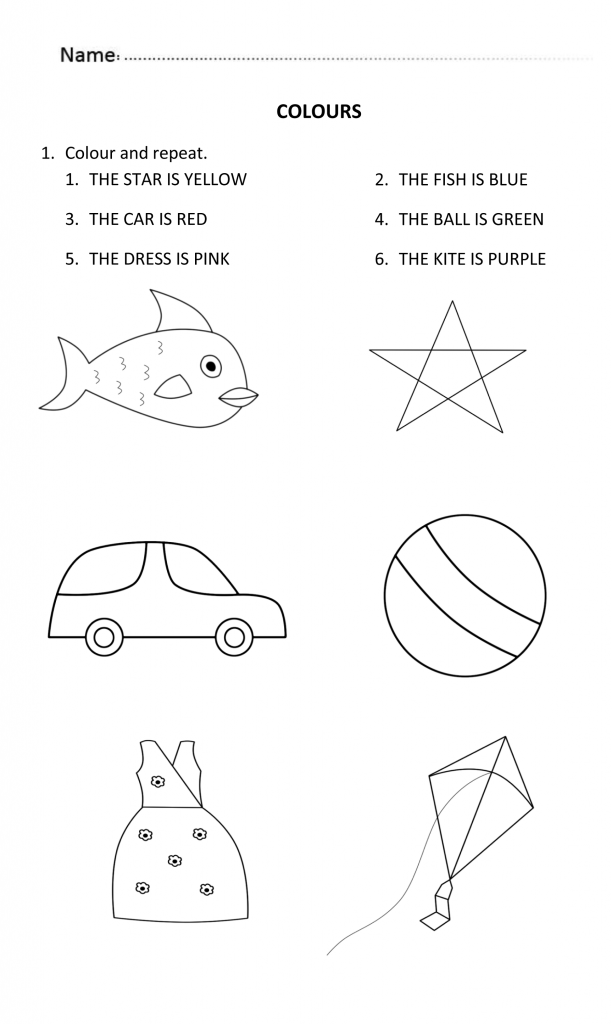
- Once they stamp at different places, you can simply join them with branches, add leaves and pot to make a flower pot or bouquet.
You can also use other objects like onions, ladyfingers, flowers, and leaves to make natural patterns.
Image: iStock
5. Cup Painting
You can paint the cups and also make different creatures using painted paper cups and everyday items.
You will need
White paper cups, paints, brushes or sponges, chart papers.
How to do
- Give a base coat to the cups with the color of the creature. Let’s say you’re making a chicken. Paint the cup yellow.
- Draw its eyes with black and white, and nose red.
- Cut the red chart paper to make its crown and feet and paste them on the top and bottom of the cup, respectively.
Similarly, your kids can create different characters like Peppa pig, angry bird, frog, etc.
6. Paper Plate Crafts
Just like paper cup crafts, the paper plate painting is quite interesting to do.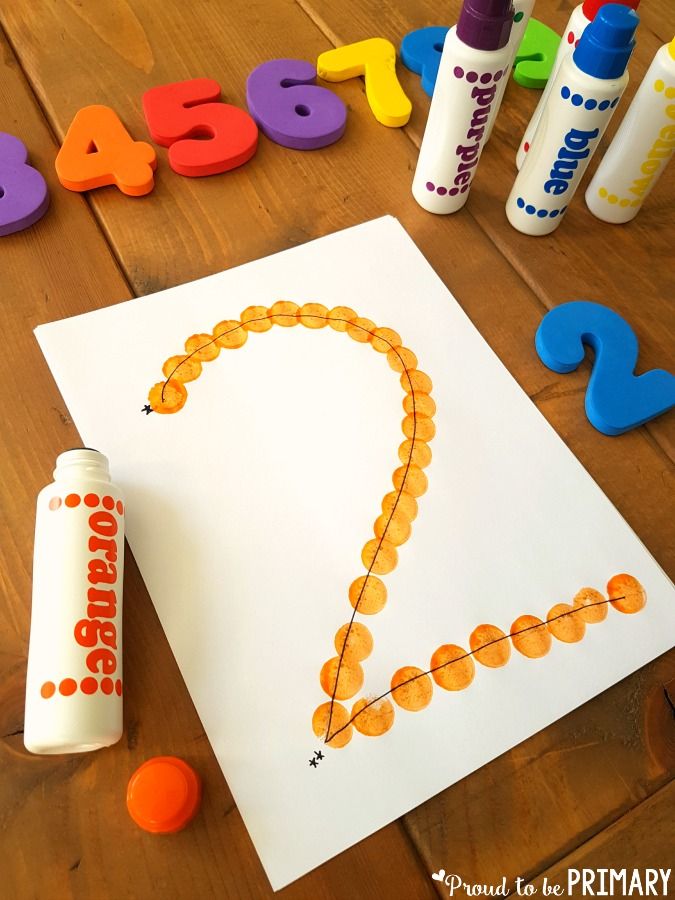 You can make paper plate fans, paper plate turtles, and paper plate sunshine.
You can make paper plate fans, paper plate turtles, and paper plate sunshine.
You will need
Disposable paper plates, paints, brushes, color charts, ice cream sticks, etc.
How to do
- Take a paper plate, flip it towards its bottom, and color it with your favorite color or multiple colors.
- Take the colored paper and cut it into six shapes: four feet, one head, and a tail.
- On the head, draw the turtle’s eyes, nose, and mouth.
- Stick all six shapes to the turtle, and that’s it, your paper plate turtle is ready.
You can also make a ladybug in the same way.
Image: iStock
7. Bird Feeders
A nature craft idea for three-year-olds is bird feeders of different varieties, shapes, and sizes. A well-made one is sure to attract birds to your garden.
You will need
Empty tissue paper rolls, birdseed, twine thread, vegetable shortening, popsicle sticks, and a plate.
How to do
- Using the popsicle stick, ask your kid to spread the vegetable shortening on the empty tissue roll. This makes the paper roll water-resistant and helps it to hold the feed in place.
- Take the bird feed on a plate and roll the tissue roll over the feed. Make sure the feed gets stuck to the roll completely.
- Pass the twine through the tissue roll and tie it at one end, and your handmade bird feeder is ready.
- Hang the feeder to any tree in your garden.
You can also use pine cones or cardboard to make different feeders.
Image: iStock
Sensory Developmental Activities
Sensory activities for kids stimulate their senses like touch, smell, taste, sight, hearing, balance, and movement. The benefits of sensory activities could include language development, development of fine motor skills, and problem-solving. Listed below are a variety of sensory development activities that would stimulate your child’s senses differently.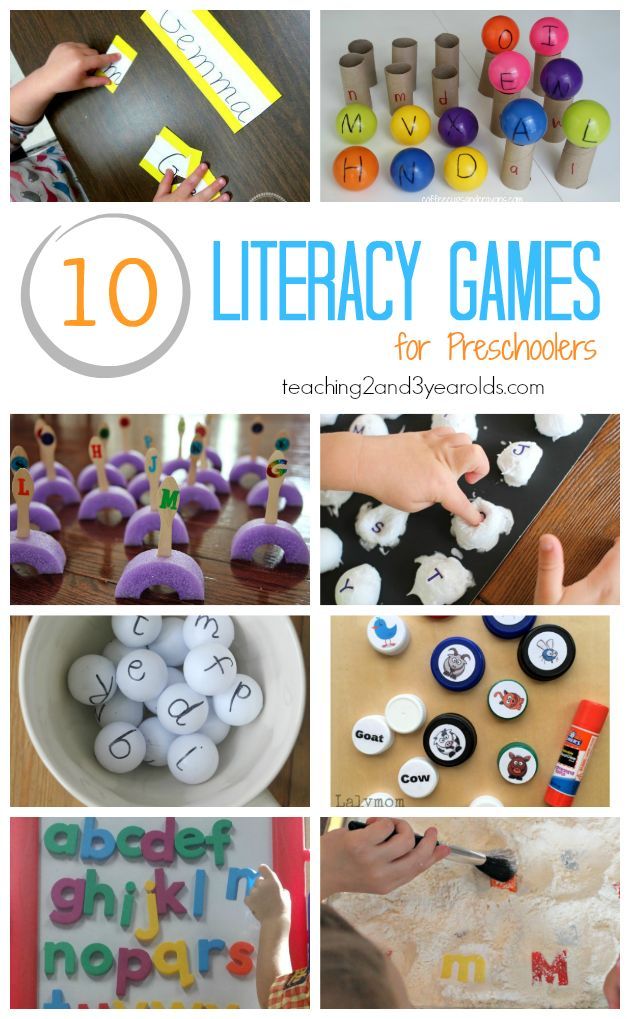
8. Playdough Crafts
Playdough is a popular activity that encourages creativity in children. But if your three-year-old has the habit of putting everything in the mouth, you need to exercise some caution. In such cases, you can opt for homemade edible playdough.
You will need
Colorful play dough, cookie cutters, play scissors, popsicle sticks, etc.
How to do
Ask your kids to use the play dough to make a simple ball, roll into a snake shape, flatten it with hands or a rolling pin.
Once they master doing these simple things, they know how to use their hands to shape the dough. Then you can ask them to make shapes using a cookie cutter or play scissors and slowly progress into making some small animals and objects.
Image: iStock
9. Pasta Bin Activity
This activity can develop the senses of touch and sound in your preschoolers. With a few items available at home, you can try this activity.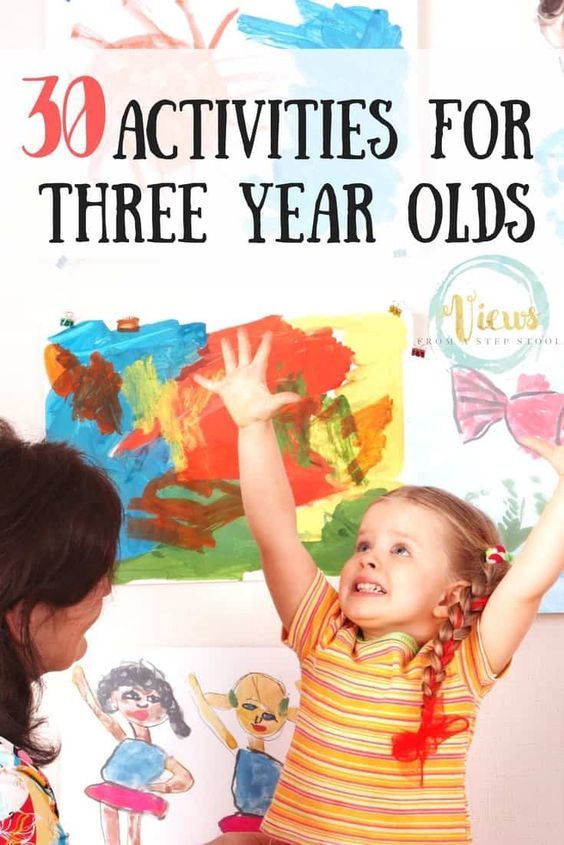
You will need
Pasta noodles, a big basket, bottles with caps, measuring jars or cups, a blanket.
How to do
- Take a big basket and fill it with pasta or macaroni.
- Give the empty bottles to your kids.
- Ask them to fill the bottles with pasta using the measuring jars.
- Once they fill all the bottles, they need to empty them and refill them.
For the sense of sound, ask them to fill each bottle to the half, secure the lid and shake it. Ask them to observe how each bottle is sounding differently, quieter, or louder. Change the quantity of pasta and ask them to check the sound again. Albeit a bit noisy, this activity can be fun.
Image: iStock
10. Frozen Treasure
This sensory activity for three-year-olds requires pre-planning and execution by the parent. It is quite apt during the summer to beat the heat.
You will need
Fresh fruits or small toy figures, freezer-safe containers, a kid-friendly tool kit with a hammer, screwdriver, and pliers, and a big tub.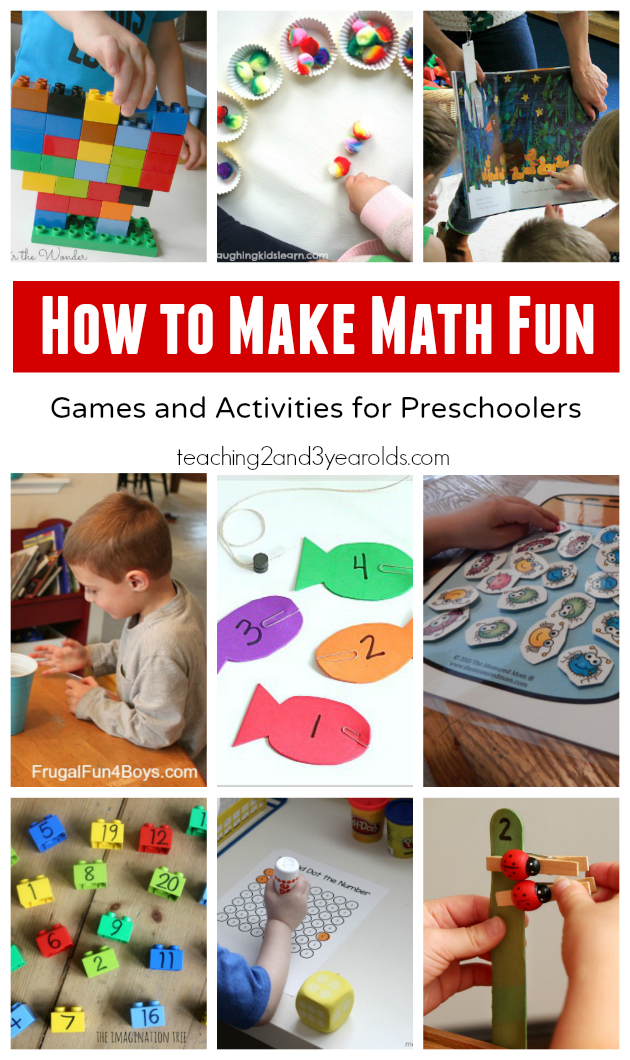
How to do
- A day before the activity, fill the freezer-safe containers with small fruits like berries, grapes, and cherries, add water, and freeze them. Fill four to five containers with different colored fruits and freeze them overnight.
- On the day of the activity, remove all the ice blocks from the containers and put them in a big tub.
- Hand over the tool kit to your toddlers and ask them to dig and find what’s hidden.
Image: iStock
11. Animal Sound Game
This activity of guessing the sound helps your child develop the hearing ability and also the ability to memorize things. It’s simple and does not require any crafting supplies.
You will need
A phone or a laptop.
How to do
Download some animal sounds, vehicle noises, bird chirpings. Play them for your children and ask them to guess the sound.
If they’re not familiar at first, tell them what the sound is.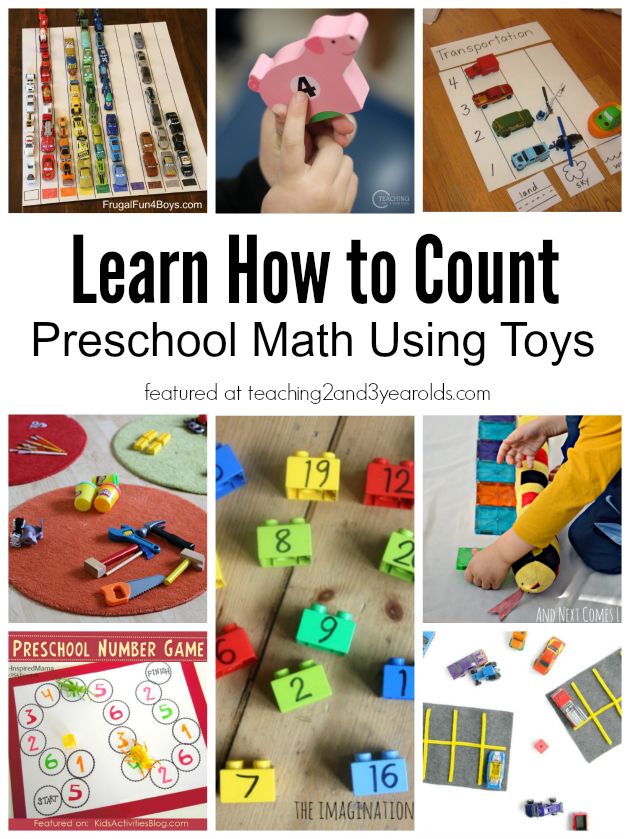 When they can imitate the sounds and recognize them, you can play the guessing game.
When they can imitate the sounds and recognize them, you can play the guessing game.
12. Smell It and Tell It
This is similar to the Guess the Sound game; only here, kids have to smell different objects and identify them. They could be edible or non-edible items but must have a unique that makes it easier for them to guess.
You will need
Fresh fruits, flowers, soaps, perfumes, a cloth to blind old, etc.
How to do
- Blindfold your children with a soft cloth and keep various objects before them.
- Ask them to pick one at a time, smell it, and guess what it is.
- Score them for every correct guess and keep aside the incorrectly guessed objects.
- Once they remove the blindfold, show them what they missed.
13. Treasure Hunt in a Sandbox
Kids love playing in the sand. So why not create a sensory game out of it?
You will need
A sensory bin or a big container, sand, coins, jewelry, etc.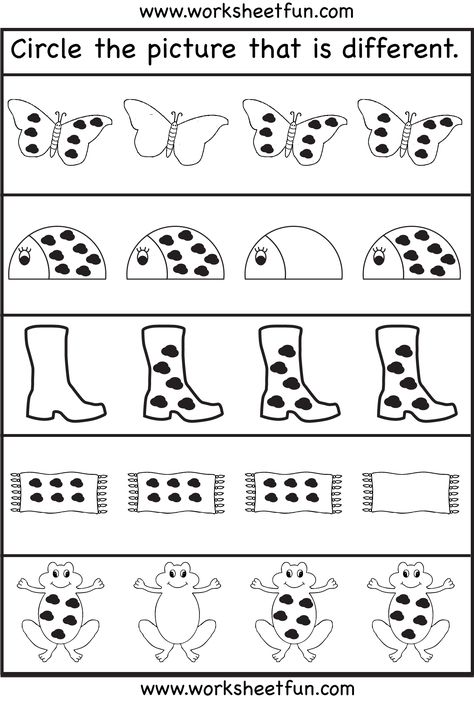
How to do
Hide the coins, jewelry, and other toys in the sand. Ask your little one to explore and find all the hidden treasure. To make it more exciting, ask them to find it within a time frame.
Image: iStock
14. Pasta Sorting
This is both a sensory and learning activity. If your kids are aware of colors, this activity helps improve their knowledge of different shades of colors.
You will need
Pasta, food color, color bowls, a big container.
How to do
A day before the activity, take four portions of pasta, add different food colors to it and dry it.
On the day of the activity, mix the pasta in a big bowl, and keep the colored bowls beside it. Ask your kids to sort the pasta based on color.
15. Transferring or Shifting Activity
Shifting objects from one container to another, or from one place to another, might be easy for adults. But for toddlers, it’s a challenging activity.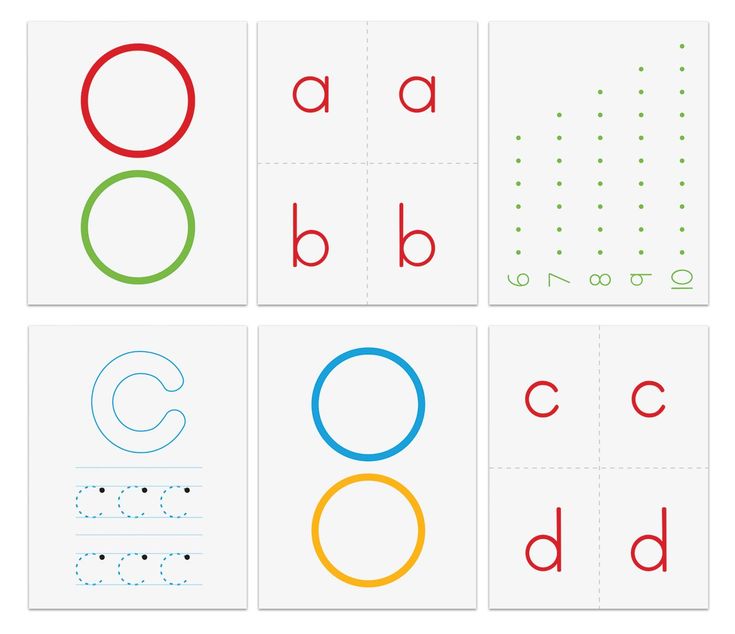
You will need
Two containers, small objects like toys, cushions, etc.
How to do
Keep two containers at different places and fill one with toys. Ask your child to transfer them from one container to the other.
Learning Activities
There is some learning in activities designed for children. However, certain activities are specifically targeted at teaching specific things like colors, letters, numbers, or names. Listed below are such learning activities that keep your three-year-old engaged and entertained.
16. Color and Shape Sorters
This is a fun activity to teach colors and shapes. Your toddlers would enjoy and also learn something new.
You will need
Objects in primary and secondary colors, readily available shape sorter set.
How to do
Place primary and secondary colored objects differently and teach your kids. Once they understand the differences, mix everything, and ask them to sort.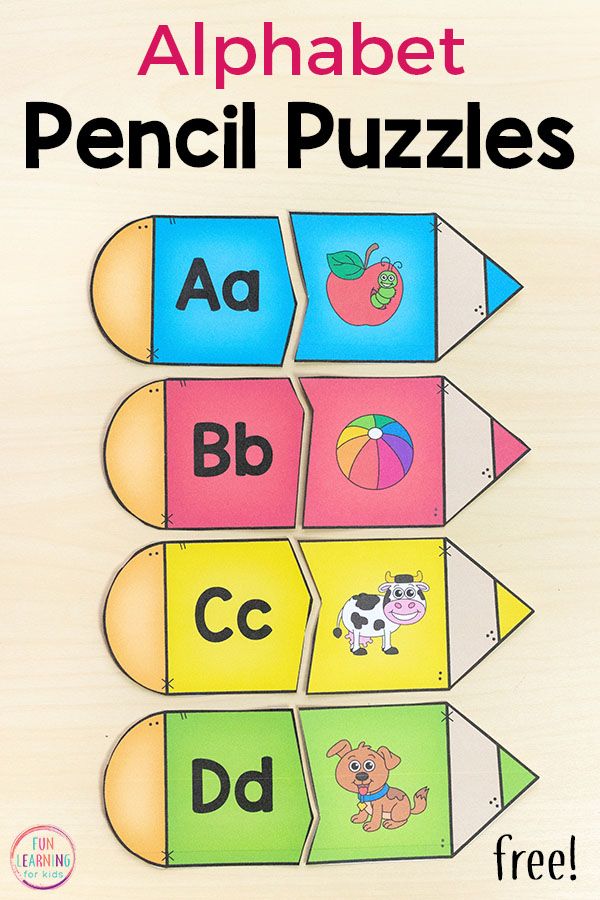
For teaching shapes, you can buy any shape sorter game readily available. Once they learn the shapes, you can take it to the next level by asking them to sort them.
Image: iStock
17. Learn Letters and Numbers
Teaching your preschooler letters and numbers at home is a good way to engage them.
You will need
Butter beans, marker, white chart.
How to do
Mark the butter beans with letters and numbers. On the chart, draw vertical and horizontal lines to form a checkered design. Write the letters and numbers randomly in the blocks. Place the beans in a basket with the letters and numbers facing upward.
Now ask your kid to match the letters and numbers on the beans to that on the chart.
Image: iStock
18. Play with Puzzles
Puzzles are readily available and solving them can improve your child’s motor skills and cognitive and reasoning skills. In older kids, it can also help improve their concentration ability.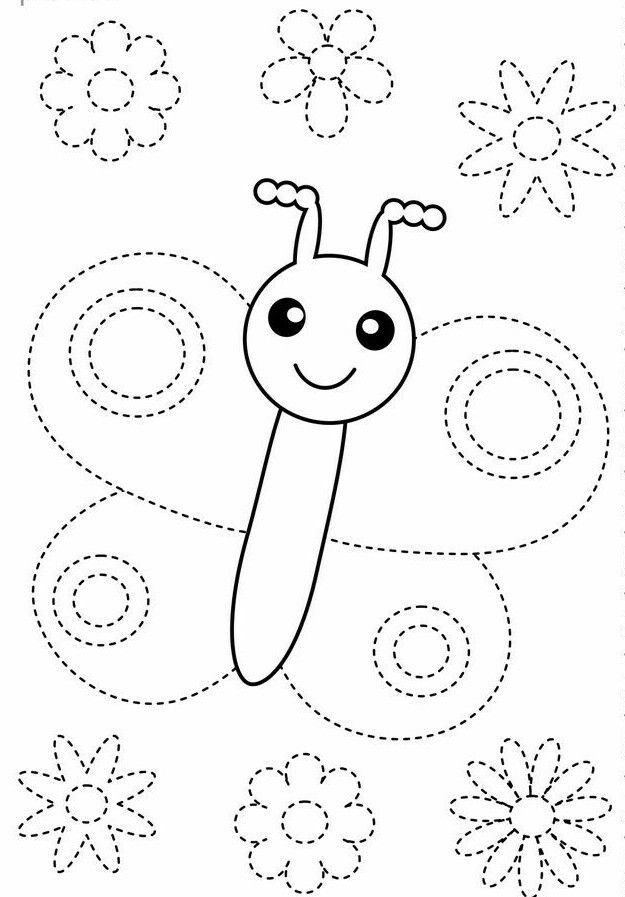
You will need
A readability available puzzle set.
How to do
Start with a small puzzle that has fewer pieces. Once your toddler masters it, slowly increase the difficulty level. Changing the puzzles often makes them think differently and aids in improving problem-solving skills.
Image: iStock
19. Cook Together
Cooking does not necessarily involve using the stove or fire. Teach your kids something that doesn’t involve serious cooking and let them discover the joy of real cooking.
You will need
Utensils, cutlery, and cooking items.
How to do
Pick a dish and get the required items. Some ideas include sandwiches, baking cookies or cakes, and making a salad.
Give them a small task like mixing the dough – show them how to first and let them try it independently. You can also do it together. One added benefit of this cooking class is getting the kids to make something healthy and eat the food they prepared.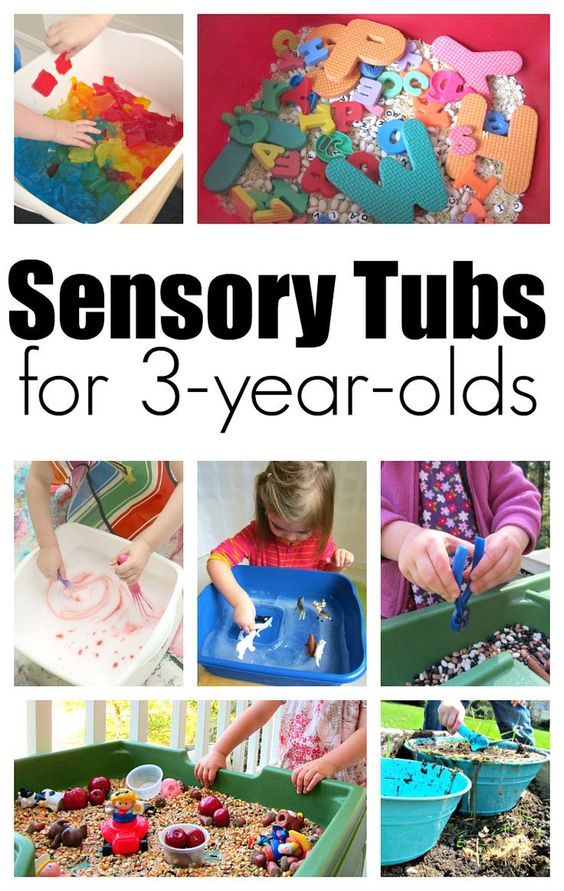
Image: iStock
Outdoor Activities
Playing outdoors is what makes the activity even more interesting and exciting for the kids. However, make sure you’re taking necessary safety precautions before planning any outdoor activities for your three-year-olds. Here are a few ideas for outdoor games and activities for three-year-olds.
20. Gardening
Gardening is a simple and interesting outdoor activity for a three-year-old. Teach them some basic gardening tasks like watering plants, pruning, planting, harvesting, etc.
You will need
A small watering can or a small bucket and a mug, kid-friendly scissors, etc.
How to do
Take your kids around your garden and tell them a little about the plants you have in there. If they’re already familiar with the plants, go straight to the activity by handing them the water can.
Show them how to do so that they won’t over water it. If the water can is empty, ask them to refill it and repeat watering to the rest of the plants.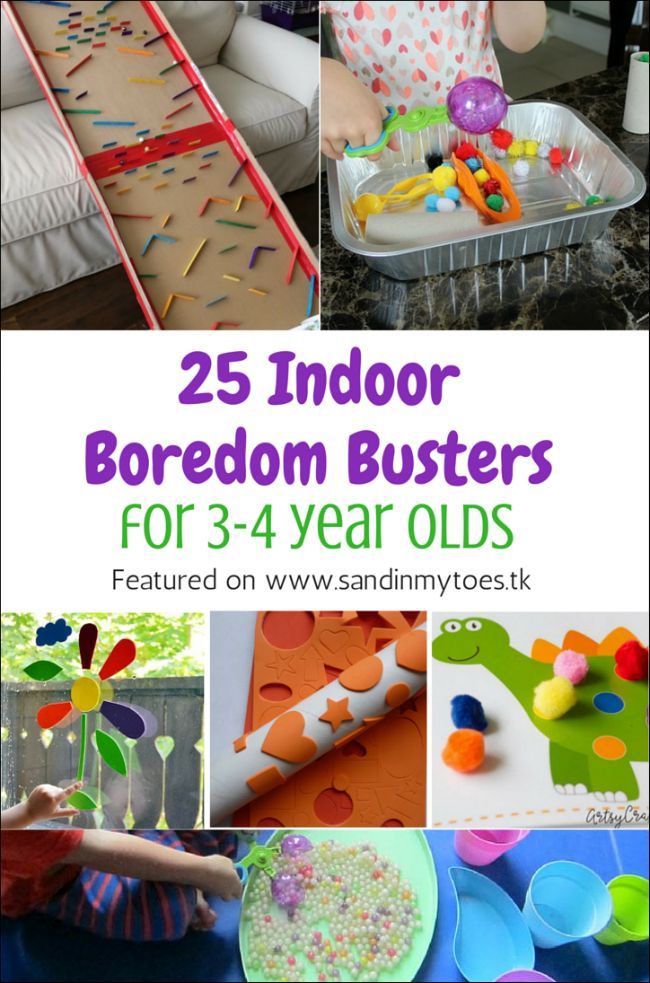
You can also teach them pruning if they understand what it is. Ask them to use their play scissors to do it along with you.
Image: iStock
21. Backyard Obstacle Course
If you have three-year-old boys who are always on the go, this backyard obstacle set-up would excite them. As it involves physical activity, it helps develop muscles, improves endurance, and aids in developing gross motor skills.
You will need
Anything available from your kids’ toys like boxes, flags, frisbees, hula hoops, balls, cones, etc.
How to do
Design your obstacle course using the items you have. Ensure the path gets the kids to jump, crawl, run, walk, balance, skip, and slide.
Image: iStock
22. Building Sandcastles
You can plan this in your backyard or on a nearby beach. Just take the kids to sand, and they will know what to do. If they don’t, you can always show them.
You will need
Sandcastle set.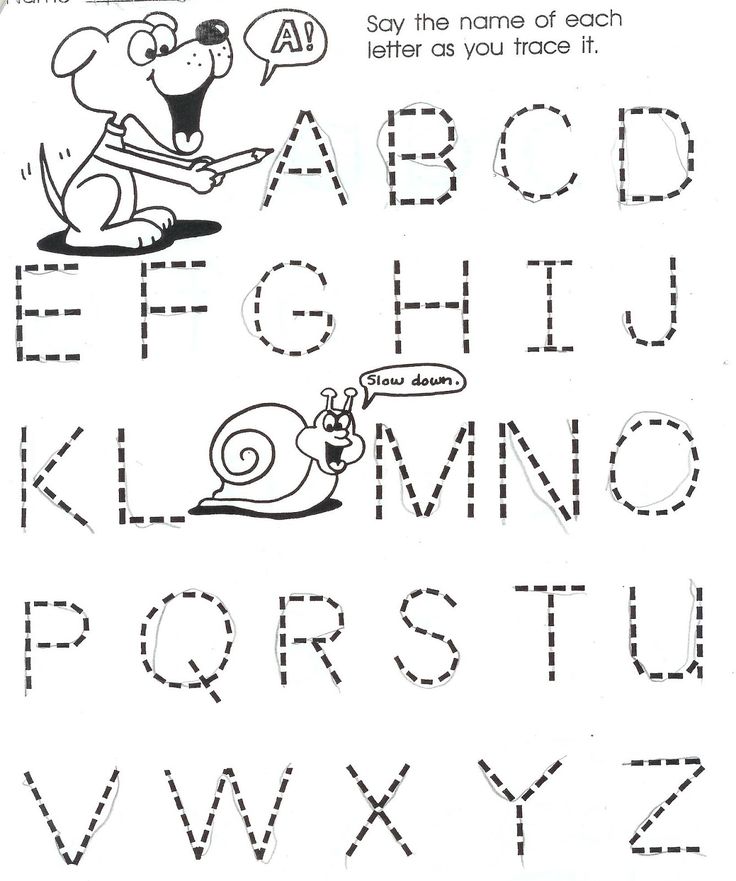
How to do
If you’re planning the activity in your backyard, gather some sand at one place, give the sandcastle kit to your kids, show them some sample pictures, and leave the rest to their imagination.
Image: iStock
Indoor Physical Activities
We cannot always plan physical activities outdoors. You must have some indoor physical activity that allows your kids to move around. Listed below are a few ideas that you can try.
23. Walk Like an Animal
You don’t need any items for this activity. Just show it to them and ask your kids to imitate you.
How to do
If your three-year-olds are familiar with animal sounds and behaviors, this would be an easy and interesting activity for them. Just say the name of an animal and ask your kids to imitate. If they don’t know, you can show them how and they can imitate you.
24. Scavenger Hunt
The regular scavenger hunt is a clue-based activity. But for the tiny tots, we modify the game a little to make it simple yet fun.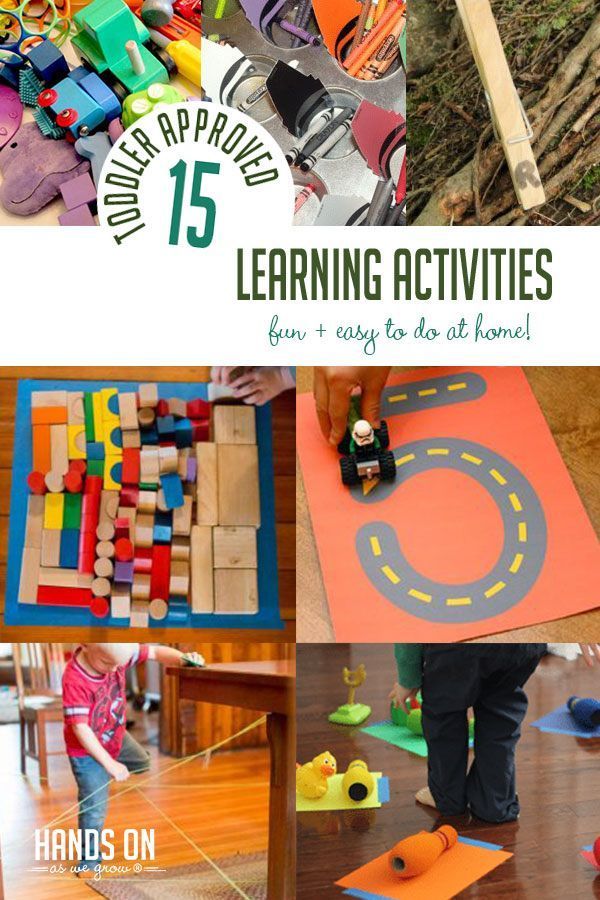
You will need
White papers, pens, baskets, etc.
How to do
Before starting the activity, prepare a list of items that your kids are familiar with in the house.
Once the kids are ready, read out one item from the list and get them to bring it and place it in a box. Once they find one, call out the next item, and the next until they find all the treasure.
25. Dance Party
If you’re running short of time and ideas, one instant thing you can plan is a dance party.
You will need
Music system, some snacks, drinks, flashy lights, etc.
How to do
Set up the dance floor with lights, music, snacks, and drinks, and let the party begin. Get them to move as they want to the music or teach them easy dance steps to try with you.
Image: iStock
26. Indoor Obstacle Course
You can also plan an obstacle course indoors with some household items and some toys from your kid’s collection.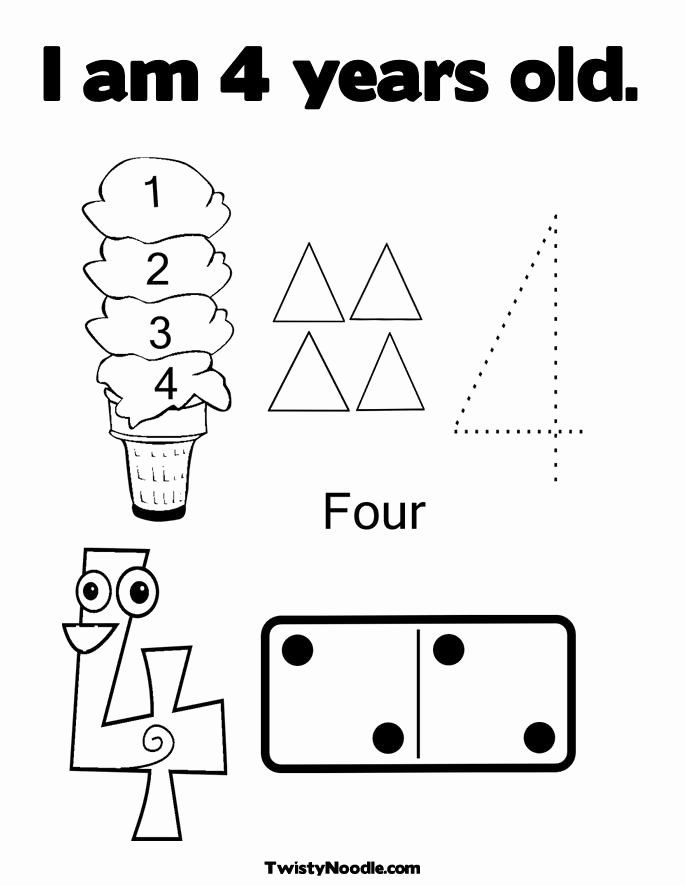
You will need
Chairs, tables, hula hoop, balance board, basket, skipping rope, play mat, and cushions.
How to do
Just design a simple obstacle course with 5-6 activities. You can incorporate some of these ideas in the activity – crawling under the chairs, passing through the tunnel made using a playmat, skipping, balancing, throwing a ball into the target, somersault, etc.
You can place cushions on the floor to prevent injuries if the child misses a step and falls.
Image: iStock
27. Yoga Practice
Teaching good habits in childhood helps the kids become better adults. Yoga is one such activity that promotes overall well-being for all age groups.
You will need
A yoga mat, some reference yoga videos.
How to do
If you’re not aware of safe yoga for kids, search some asanas that can be done by the kids. Play them on the TV and ask your kids to follow them.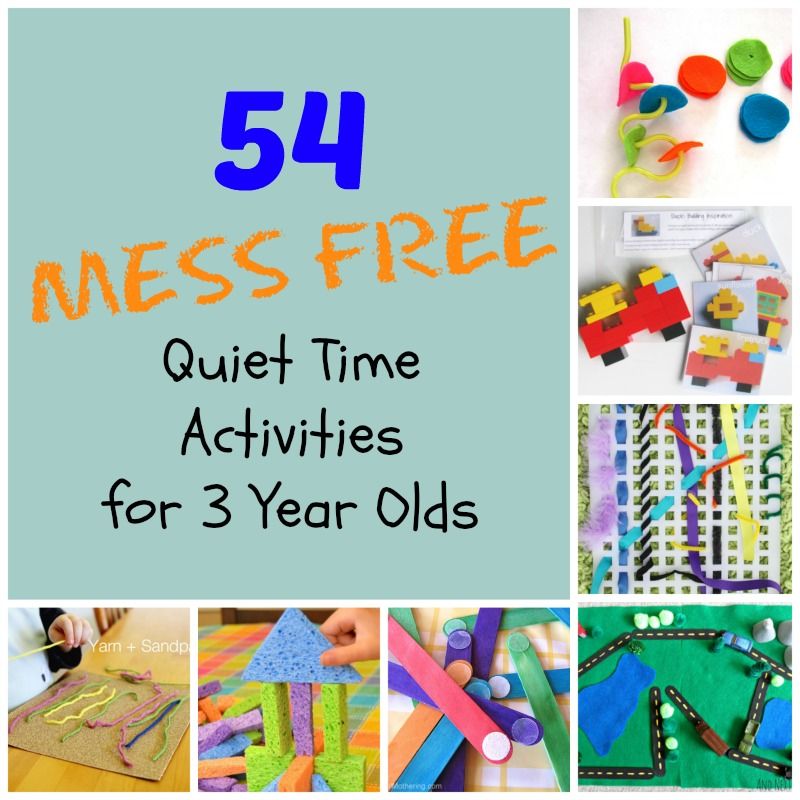
Try to do along with them so that they find the activity interesting. You can make it part of their daily routine so that they become habituated to it.
Montessori Activities
Montessori activities are designed to encourage children to learn through play. These activities are designed to promote independent thinking, fine motor skills, critical analysis right from childhood. As they’re tailored around a child’s areas of interest, they help the kids to learn quickly and easily. Listed below are some fun activities inspired by Montessori techniques.
28. Toy Cleaning
Simple but an interesting activity for kids as it involves water. It also teaches them some day to day activities that we do at home.
You will need
All the washable toys of your kids (preferably plastic and silicone toys), two water tubs, dish soap, a towel.
How to do
- Ask your toddlers to collect toys from all the rooms, sort them, and separate all the washable toys.
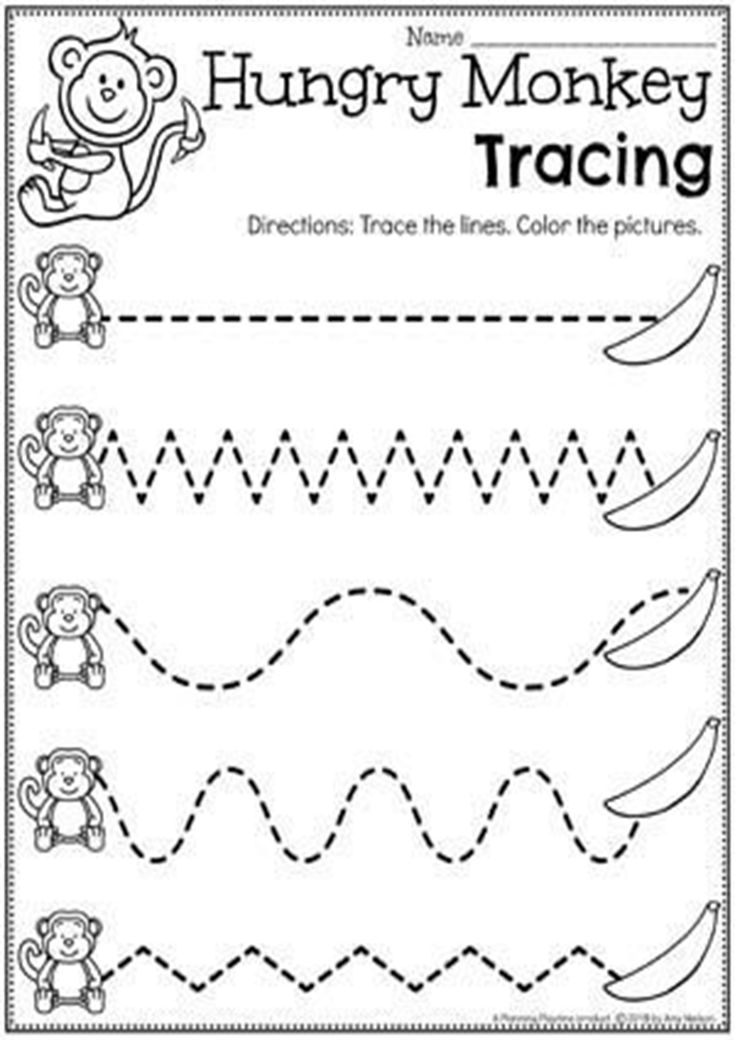
- Fill both the containers with water, maybe two-inches deep.
- Add dish wash soap to one container and make some water bubbles.
- Ask your kids to wash each toy at a time in the soap-filled container and then rinse it in plain water.
- Then keep them on a towel spread on the floor. Once all the toys are washed, they can wipe them with the towel.
29. Float and Sink Experiment
Let’s add some science to the fun. Teach the kids about sinking and floating with this simple water experiment.
You will need
A water tub, some natural items like leaves, twigs, flowers, stones, shells, etc., some water toys.
How to do
- Before starting the water play, get some items like leaves, flowers, stones, sticks, shells, buds, etc., from your garden.
- Place them next to the water tub along with the water toys.
- Now ask your kid to sit there and drop each item at a time. Tell him to observe which item is floating and which is sinking.

- Explain to them why some objects are floating and some and sinking.
- Now remove everything from the water, ask questions, and then check their answers by dropping the objects.
30. Fruit Cutting
Fruits and vegetable cutting is one of the Montessori food prep activities. This enables them to use both their hands and also teaches them some practical life skills.
You will need
An apron, water, kid-friendly peeler, knife, chopping board, etc.
How to do
Ask the toddlers to clean all the veggies with water first. Each fruit needs to be cut in a certain way. Show them how to do it and ask them to do it as is.
For their safety, choose soft veggies and fruits and a blunt or kid-friendly knife that they can use for cutting.
Image: iStock
31. Hammering
Your three-year-old might be more interested in real tools than his regular toys. Well, why not let them explore the same with a kid-friendly tool set and activity.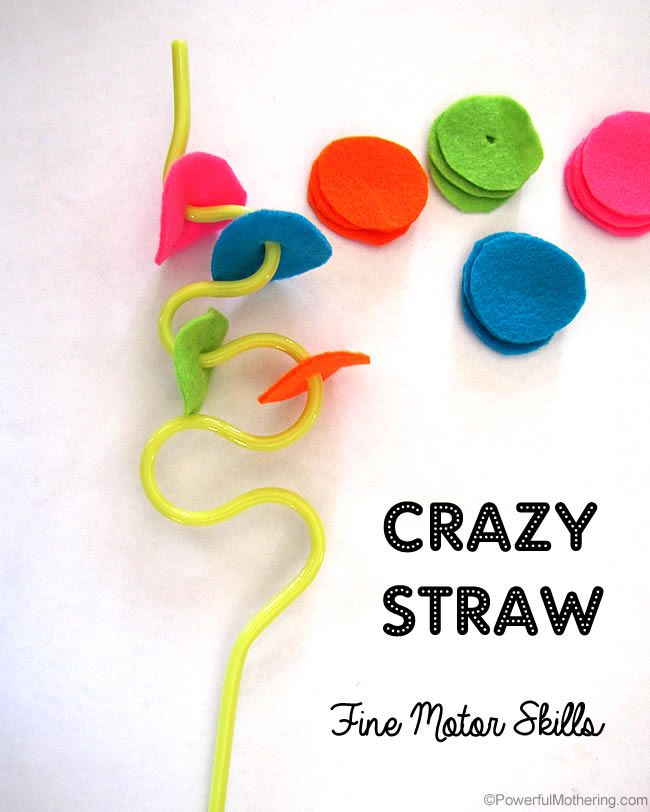
You will need
You can purchase a readily available Nail game set that comes with all the necessary tools, including a corkboard, a wooden hammer, tack nails, some color cards, etc.
How to do
You can simply ask your kids to hammer the nails into the board by placing a plain paper in between. Once they master it, you can ask them to form shapes using some colored cards, pictures cut into pieces, etc.
A variety of activities can be created using the hammering tool kit.
Image: iStock
32. Writing on a Chalkboard
Every preschooler needs to get a good grip on pencils, chalks, or markers to develop writing skills. To avoid wasting paper, you can set up a chalkboard and offer them a clean canvas.
You will need
A blackboard, chalk pieces, board eraser, etc.
How to do
Set up the blackboard in your kid’s playing corner and give them chalk to scribble on it however they wish.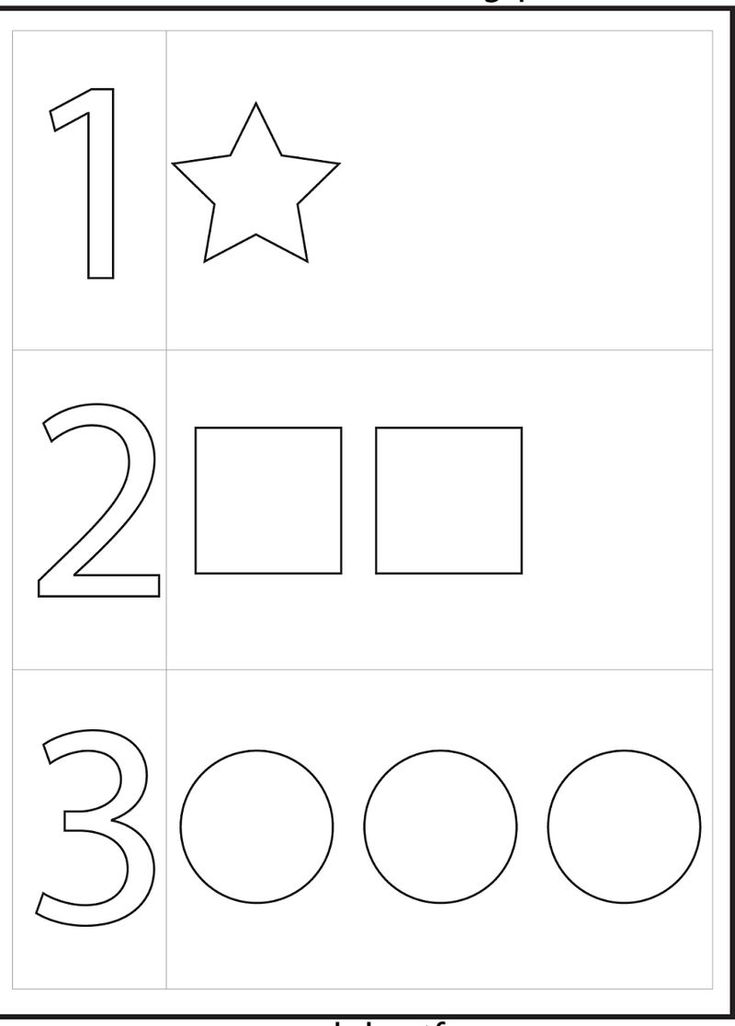 If they are not comfortable standing and writing, you can place the board on the floor for a few days and let them practice.
If they are not comfortable standing and writing, you can place the board on the floor for a few days and let them practice.
Image: iStock
33. Moving Puzzle Game
This activity gives a new twist to puzzles, making it even more helpful for further skill development.
You will need
Any puzzle game (preferably the one your kid is familiar with)
How to do
Unlike in a regular puzzle game, keep the pieces of the puzzle in a different room. Ask your kid to solve the puzzle in the play area by bringing one puzzle piece at a time. This not only keeps them moving but also encourages them to remember which puzzle piece is required.
Image: iStock
34. Window Cleaning
Another popular Montessori activity is window cleaning. While spraying water on the windows is a thrilling sensory activity for kids, cleaning the windows improves their gross motor skills.
You will need
An empty spray bottle, white vinegar, water, a piece of cloth, or a sponge.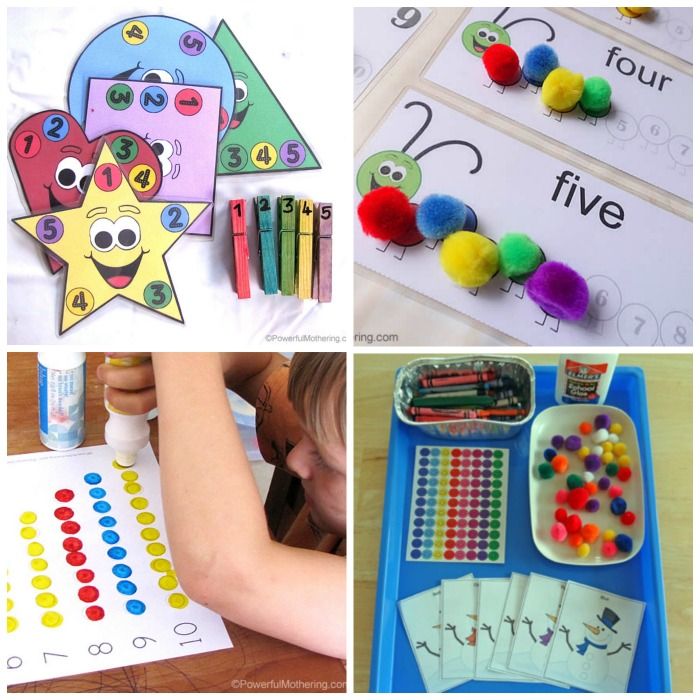
How to do
Just mix vinegar and water in the required proportion and fill the mixture in the spray bottle. Hand over the bottle and the cleaning material to the child, show them how to do it, and let them imitate you.
Image: iStock
35. Touch and Tell
This is a sensory Montessori activity that encourages your kids to use their sense of touch to guess the things.
You will need
Small toys that your kids are familiar with, a big bag with a drawstring or a zip closure.
How to do
Gather all the small toys your kids usually play with and keep them in the bag. Blindfold your kids and ask them to pick one toy from the bag and name it just by touching it.
36. Match the Socks
Matching colorful things is one of the best Montessori activities to improve visual coordination in your kids.
You will need
Multiple pairs of socks.
How to do
Mix all the socks pairs and ask your kid to pick each one and find its pair.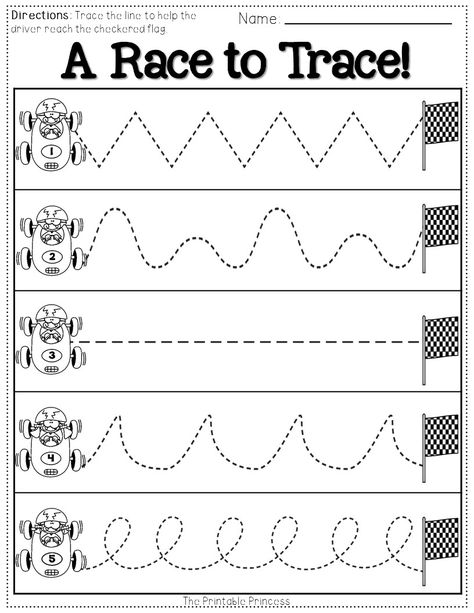
Introducing toddlers to learning activities for 3-year-olds will help keep them engrossed and entertained and enhance their creativity, focus, and cognitive abilities. Ensure you pick the right activity for your toddler as per their interest and abilities. Sensory developmental activities such as playdough crafts, frozen treasure, and smell it and tell it will help improve their motor skills. You may also try the various learning activities and outdoor and indoor activities mentioned above to aid your child’s physical and psychological development.
Key Pointers
- Art and craft activities can improve creativity and cognition in three-year-olds.
- Sensory activities, such as playdough crafts benefit a child’s brain growth.
- Games such as color and shape sorters can help three-year-olds learn new colors and shapes.
The following two tabs change content below.
- Reviewer
- Author
Nisha Bharatan is a freelance writer with experience in writing health and finance content for various Indian and international clients. After completing her engineering from Savitribai Phule Pune University, she did content marketing courses to complement her interest in writing. Nisha writes articles centered around kids’ development, their activities, crafts, games, and fun elements that keep children and families entertained....
View Profile ›
Dr. Maymunah Yusuf Kadiri, popularly referred to as ‘The Celebrity Shrink,’ is an award-winning neuro-psychiatrist and mental health advocate with over 15 years experience. She is the medical director and psychiatrist-in-chief at Pinnacle Medical Services. She has created the innovative mental health app in Africa, HOW BODI. Dr. Kadiri is a Goldman Sachs Scholar on Entrepreneurial Management of Pan Atlantic...
View Profile ›
Educational activities and online games for children 3 years old from Kids Smart
Games and exercises for the development of a child of 3 years old
15 108
tasks for children 3 years old
Logic
Big and small
Complete the series
Hot and coldHard and soft
Which is heavier?
Lost things
Attention and memory
Find a couple
Magic points
Memorize and guess
Miracle cubes
Reading and diploma
alphabet
Learning to consider up to 3
We count animals
Consider items
Fun
Differences and similarities or long
low or high
small or large
narrow or wide
collect picture
Give an animal
figures
Figures and subjects
We study figures
Studying colors
Color figures
Sort by
We distinguish colors
Choose color
Learning to be considered up to 5,
Funny score
.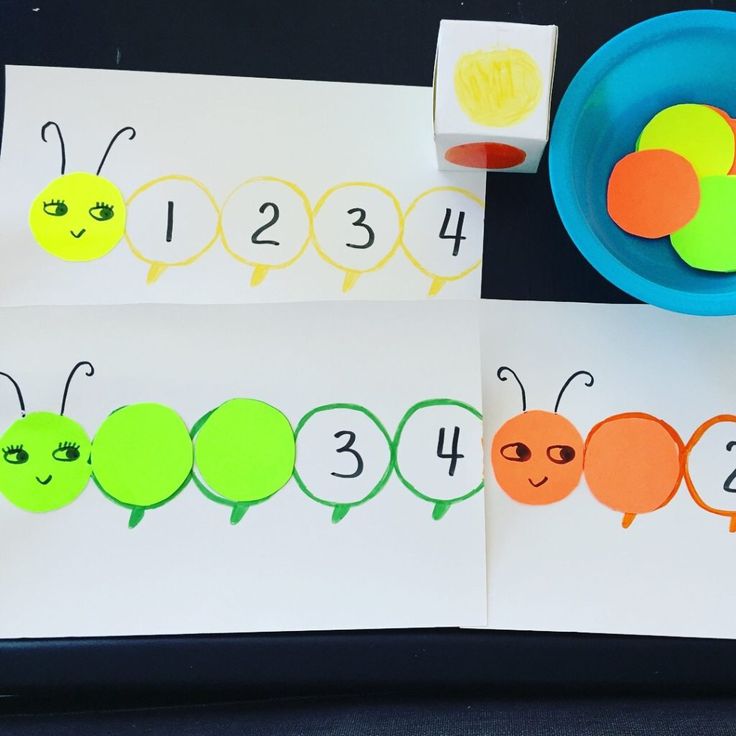
Learning numbers from 1 to 5
Counting objects
Counting in order up to 5
Learning to count up to 10
We count animals
Learning numbers from 0 to 9,0003
Consider items
Consider up to 10
Funny score
English
Pets
Musical instruments
Colors
Alphabetical order
Animals
Toys
Logic
Big and small
Complete the row
Hot and cold
Hard and soft
Which is heavier?
Losses
Attention and memory
Find a couple of
Magic points
We remember
Miracle Cubs
Reading and Diploma
Alphabet
Learn to 3,
,We count the subjects of
2 Funny count
Differences and similarities
Find the shadow
Same objects
Comparison
Short or long
low or high
small or large
narrow or wide
Pick the picture
Figures
Figures and subjects
We study the colors
color
color color colorful color color figures
Sort by colors
Distinguish colors
Pick a color
Learn to count up to 5
Funny account
We count animals
Learning numbers from 1 to 5
We consider items
We count in order to 5
Learning to consider up to 10
we consider animals
Learning numbers from 0 to 9,0003,0002 We count objects
Counting in order to 10
Jolly Count
English
Pets
Musical Instruments
Colors
Room
Alphabetical order
Animals
Toys
New knowledge with Kids Smart!
At the age of 3, babies are inquisitive, very active and eager to discover new knowledge for themselves.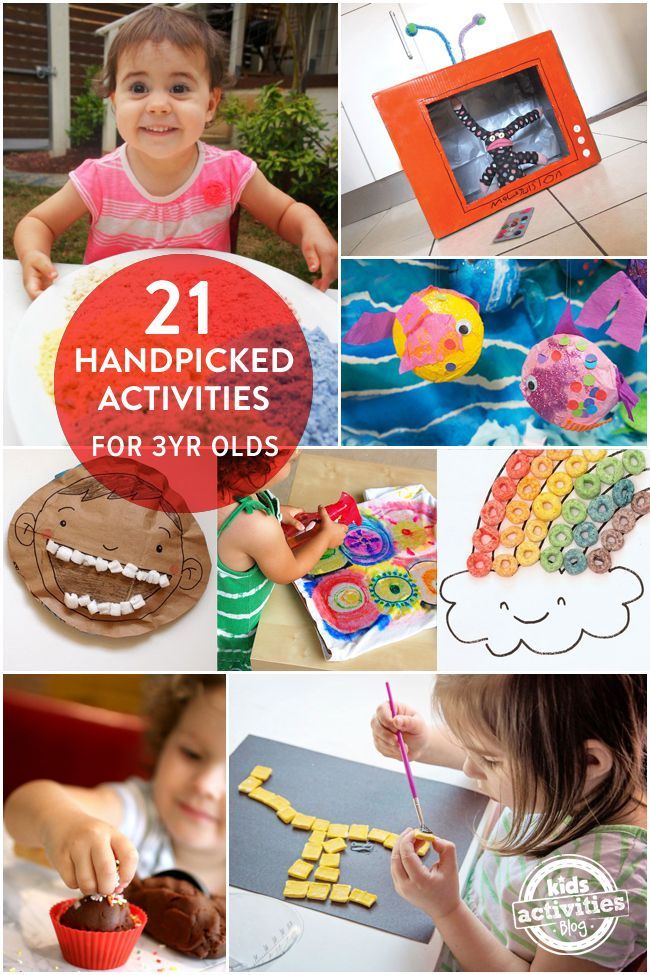 It's time to get started - our educational activities and games online for children 3 years old are specially designed for this. From the age of three, we get acquainted with the English language, take the first steps in a simple account. Also in our educational tasks and educational games online, we train and strengthen the memory, attention and other necessary and useful skills for kids. Thanks to tasks and logic games, a three-year-old child will learn to analyze, make decisions independently when choosing an answer.
It's time to get started - our educational activities and games online for children 3 years old are specially designed for this. From the age of three, we get acquainted with the English language, take the first steps in a simple account. Also in our educational tasks and educational games online, we train and strengthen the memory, attention and other necessary and useful skills for kids. Thanks to tasks and logic games, a three-year-old child will learn to analyze, make decisions independently when choosing an answer.
A variety of colorful exercises!
The object classifier makes it easy to navigate the topics of our educational games and activities for children of three years. The thoughtful and convenient interface of the platform helps the child in learning. And the Kids Smart Intellect system controls the learning process of the baby and selects the level of complexity of exercises, tasks for repetition on those topics that the child did not manage to pass the first time.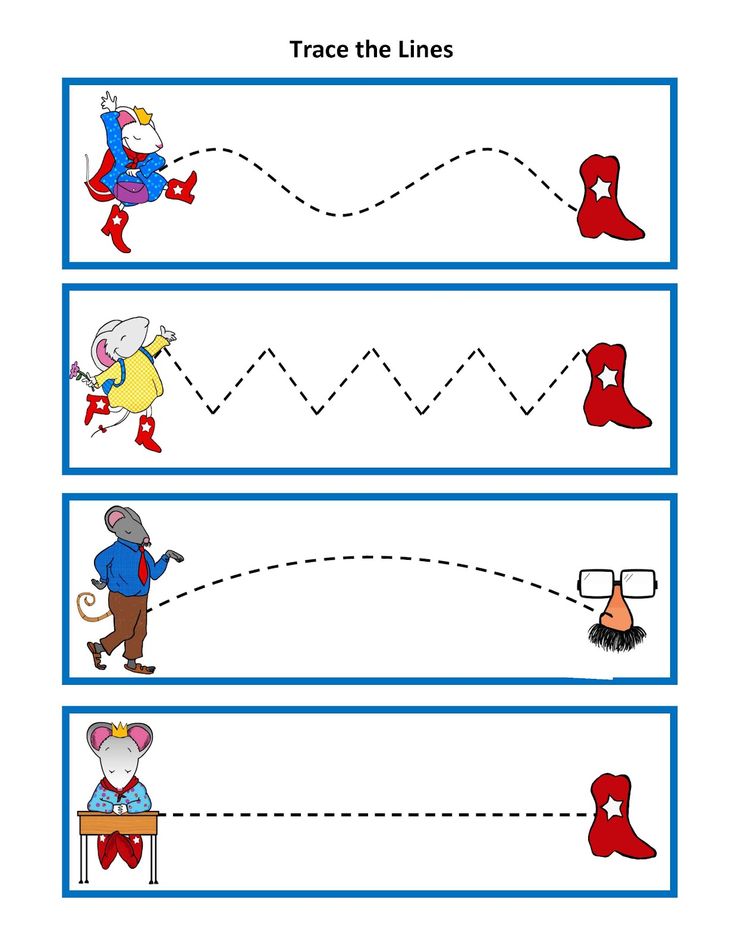 For parents of three-year-olds, we recommend starting to complete tasks together, prompting and explaining. Then, when the child is comfortable with the exercises, he will give the correct answers without prompting.
For parents of three-year-olds, we recommend starting to complete tasks together, prompting and explaining. Then, when the child is comfortable with the exercises, he will give the correct answers without prompting.
Development of imagination, fantasy and logic!
While performing a variety of educational activities and games online, a child at the age of 3 can already begin to put together puzzles, count objects and distinguish between shapes. As the child completes the exercises, he receives achievements and awards that contribute to the creation of a playful learning atmosphere. Awards and achievements motivate you to keep going, and the diplomas you receive can be printed out and shown to all family members, as well as friends.
Educational games for 3 year olds!
We recommend exercising regularly, but no more than 10-15 minutes at a time. It is necessary that the child does not get tired and wants to study next time. The learning process should keep the spirit of the game for the baby, then he will be happy to continue his journey into the world of knowledge.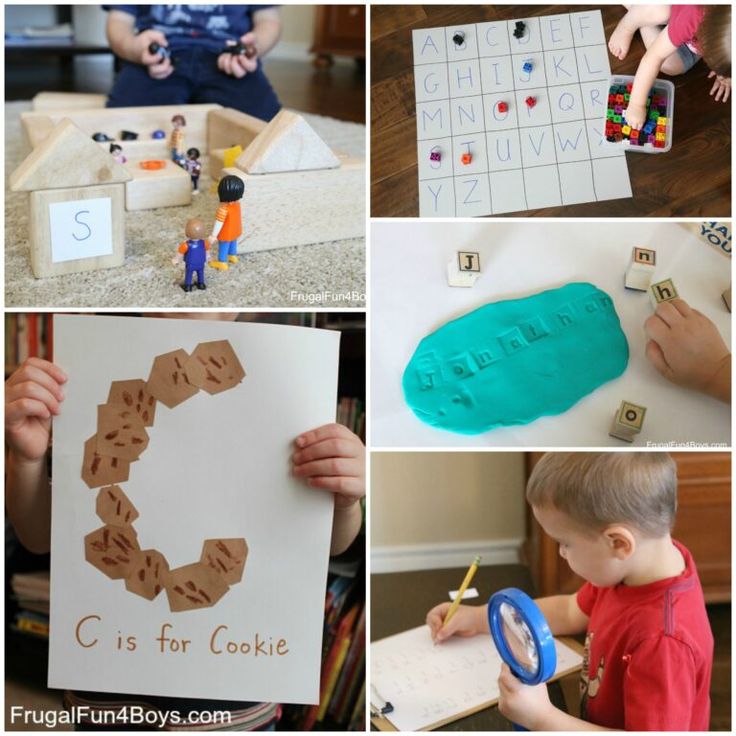 Join our educational activities and games online for 3 year olds right now!
Join our educational activities and games online for 3 year olds right now!
Forgot your password?
Enter the email address you used during registration and we will send instructions to reset your password.
{{ forgotPassword.email.error }}
Login Register
Welcome!
Please enter your login details:
{{ login.email.error }}
{{ login.password.error }}
Forgot your password? Registration
Children aged 3 to 4
Children from 3 to 4 years old
Child Development 3 to 4 years old. You are in the "Children from 3 to 4 years" section.
In this section, we will help you find out and determine the level of development of your child, namely, what your child should know and be able to do at the age of 3 to 4 years.
What a 3 year old should know and be able to do.
This article is for your reference and gives approximate norms for the degree of formation of your child's mental processes at this age. You can check his potential in different areas of knowledge, find out in which areas of knowledge your child succeeds, and in which additional attention and time are required.
You can check his potential in different areas of knowledge, find out in which areas of knowledge your child succeeds, and in which additional attention and time are required.
In this section "Children from 3 to 4 years old" we have collected all the material published on our website, which will help you and your child to study, prepare for the next, more in-depth stage of classes.
You can use the materials for your lessons at home, in kindergarten or in elementary school.
Mathematics
A child aged 3 to 4 should be able to:
1. The child must be able to count to three and show the appropriate number of fingers on his hand.
2. The child must be able to master the concepts: one - many, big - small, high - low, etc.
3. The child must know the primary colors (red, yellow, green, blue, white, black).
4. The child should know the basic geometric shapes (circle, square, triangle).
5. The child must be able to compare objects by size, color, shape.Be able to compare the number of items.
6. The child must be able to match an object with a given attribute.
Study aids:
1. Educational cards for games with children
2. Multi-colored playhouses
3. Cards Teaching a child to count
4. Connect the numbers and color the picture
5. The game is learning geometric shapes
6. Video-Learning to count
7. Number cards for boys
8. Introducing the child to Geometric shapes
9. Cards with numbers from 0 to 10
10. How to teach a child to count in a playful way
11. Game for learning Geometric shapes
12. Cards Numbers for girls
13. Puzzles-double geometric shapes
14. Puzzles-double numbers and Count
15. Geometric shapes. We develop fine motor skills
16. We study Geometric shapes
17. I learn to count. Workbook
18. Learning to write Numbers from 1-9
19. Puzzle Counting from 1 to 10
20.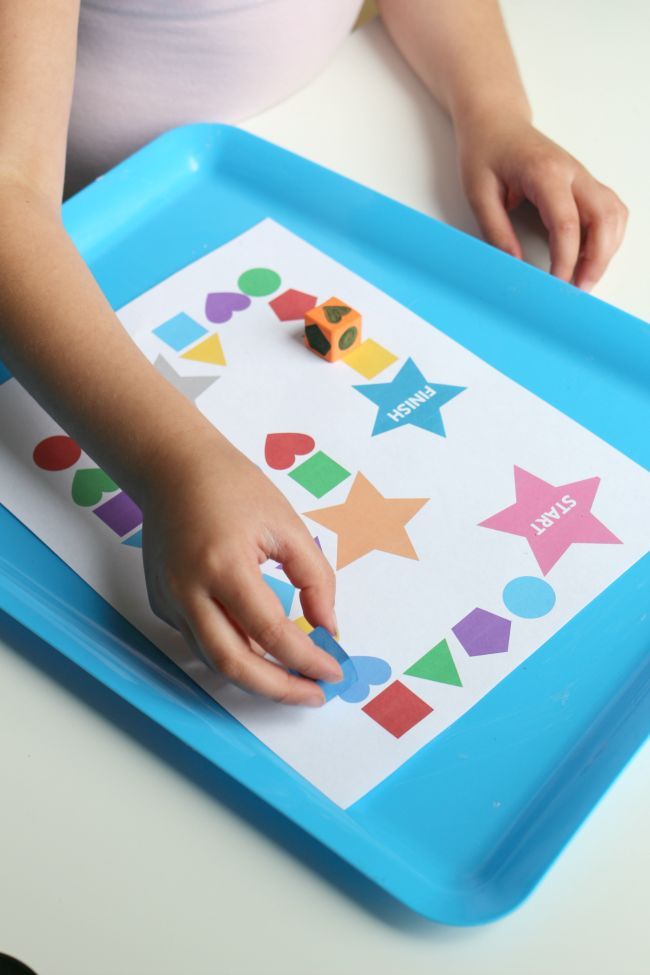 Didactic math games
Didactic math games
21. Puzzle Counting from 1 to 10
22. Math with Dice for Kids
2
- Development of Thinking, Memory, Attention
A child aged 3 to 4 years should be able to:
1. The child should be able to put together a cut picture from 2-4 parts.
2. The child should be able to find and explain inconsistencies in the drawings.
3. The child should be able to find an extra object and explain why he made such a choice.
4. The child must be able to find similarities and differences between objects.
5. The child should be able to memorize 2-3 pictures.
6. A child should be able to memorize 3-4 words that an adult has repeated several times.
7. The child must be able to memorize and repeat the movements shown by an adult 1-2 times,
8. The child must be able to remember any detail or attribute of an object.
9. The child should be able to complete the task within 5 minutes without being distracted.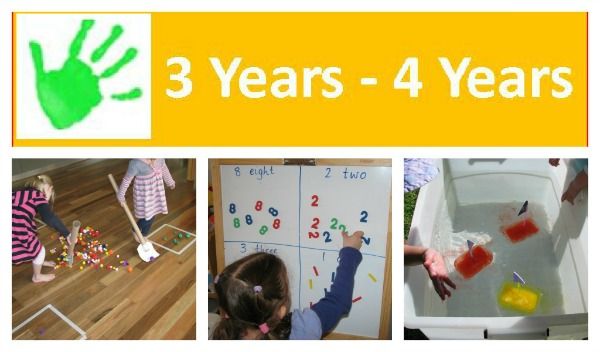
10. The child must find paired objects. Be able to choose the right one from a group of objects.
11. The child must be able to pay attention to the properties and characteristics of objects, to find similarities and differences between objects.
Practice aids:
1. Find a pair cards
2. Find the shadow of the picture
3. Develop logical thinking
4. Practice cards
5. Puzzles
6. Pick up a patch
7. Add the missing item
8. Entertaining activities with the child
9. Playing in opposites
10. Orienting in space. Right and Left
11. Game - "What is What?"
12. Game Catch a fish
13. Association game: Find a pair
14. Game for the Development of Memory and Attention
15. Guess Whose Shadow
Development of Speech
1. The child should be able not only to visually perceive images, but also to describe what he saw.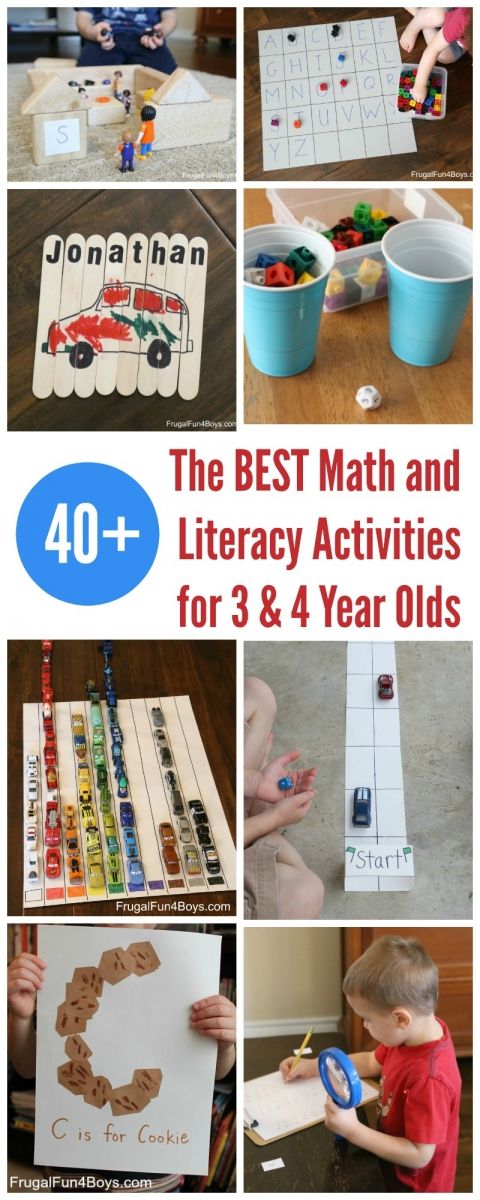
2. The child easily forms simple sentences, gradually moves to complex ones (from 5-6 words).
3. The child must be able to separate objects into groups: furniture, dishes, clothes, etc.
4. The child must be able to name one attribute of each object.
5. The child must know the names of the main actions of people and animals (lies, sits, runs, etc.)
6. The child must be able to repeat rhymes and songs after an adult.
7. The child must know his first and last name.
8. The child must be able to control the power of the voice, speak loudly - quietly.
Study aids:
1. Letters of the Alphabet-Puzzle
2. Learning the letter A. What the beech A looks like. .Colored Letters of the Alphabet
7. Lotto learning Letters
8. Cards with Letters and a Picture
9. Pure sayings
10. A musical game for the development of speech
11. Cards - Which Letter the Word Begins with
The world around the child
9 between the ages of 3 and 4 should be able to:1.The child must know the names and be able to show domestic (cow, goat, horse, cat, dog, etc.) and wild (wolf, hare, fox, etc.) animals.
2. The child must know the names of 3-4 birds (sparrow, swallow, crow), 3-4 fish (whale, catfish, shark) and 3-4 insects (grasshopper, butterfly, bee).
3. The child should know the names of the main plants: 3-4 trees (birch, oak, apple) and 3-4 flowers (chamomile, tulip, rose).
4. The child should know what vegetables, fruits, berries, mushrooms are.
5. The child must have an idea about the materials from which the surrounding objects are made.
6. The child must know the parts of the day - morning, afternoon, evening, night.
7. The child should be able to name natural phenomena - rain, snow, wind.
Study aids:
1. Parts of the human body cards
2. Transportation cards
3. Fruit cards
4. Vegetable cards
5. Color cards
6. Cards 90 "Furniture" animals and what they eat0005 8.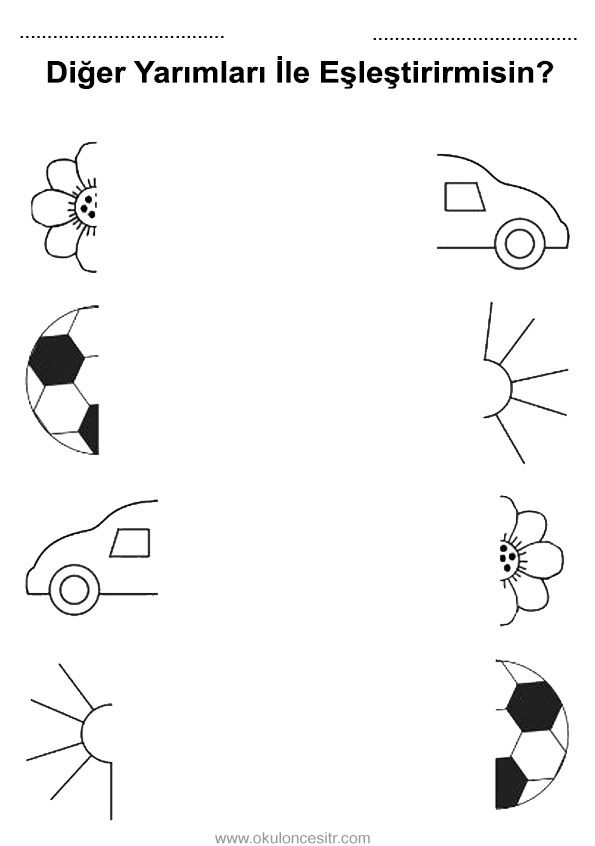 Cards "Clothes and Shoes"
Cards "Clothes and Shoes"
9. Cards Animals and Birds
10. Fruits and berries. Learning and coloring
11. Vegetables. Learning and coloring
12. Fruits and Berries (coloring cards)
13. Vegetables (coloring cards)
14. Unique books - Seasons
15. Insects cards
16. Crockery and Cutlery
17. Cards Game "What for what"
18. Cards Insects 2.
19. Educational Games with Clothespins
Household skills
A child aged 3 to 4 must be able to:
1. The child must be able to put on things independently (without fasteners).
2. The child must be able to cut paper with scissors.
3. The child must be able to use pencils, markers, pens, etc. Be able to draw circles, dots, lines.
4. The child should be able to trace and color pictures.
5. The child must know the basic rules of hygiene.
Practice aids:
1. Stencils for drawing
2.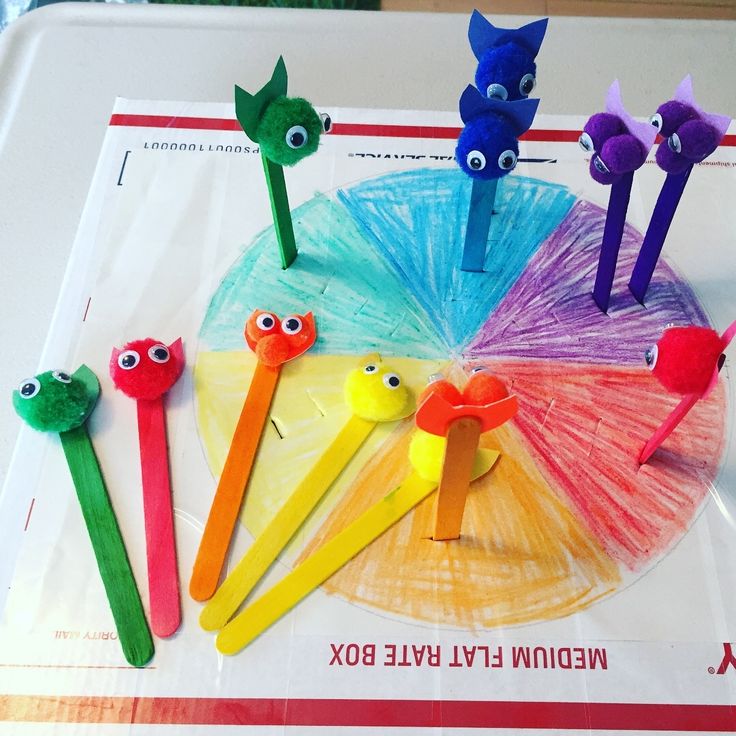 Paper fruits
Paper fruits
3. Paper toys
4. Christmas tree appliqué
5. Crafts from juice boxes
6. Flowers applique
7. Miracle hands, make appliqués
8. Space machine hands
9. Cars with eyes
10. Book My Home
11. Bus for little Ponies
12. Palm frame - for kids
13. Plasticine and beads
14. Applications from Buttons
15. Christmas tree from Cones 16005
Cheerful Chupa-Chups
Read also the article for Parents What you need to know about Child Development.
Find out what a child should know and be able to do by age. Take advantage of the training aids offered by our website.
Child development calendar up to 1 year (by months)
Child from 1 to 2 years
Child from 2 to 3 years
Child from 4 to 5 years
Child from 5 to 7 years
Our Partners - DELIVERY WORLDWIDE!
Main page
Subscribe to: Messages (Atom)
-
Hard and soft consonants
Use flashcards to teach your child to tell when consonants are soft and hard.
 Blue - solid Green -
Blue - solid Green - -
Russian Alphabet Color Cards
Russian Alphabet Color Cards. Each card with a letter has a picture starting with that letter. With these cards you can ...
-
Syllables. Making words from syllables
Syllables. Making words from syllables. Download free flashcards with letters and syllables. There are 20 cards in total. Letters and syllables for children. Cut...
-
Pictures with the image of Clothes and Shoes
Pictures with the image of everyday clothes and shoes, Clothes, Shoes, clothes cards, Shoes cards. Thematic cards "Clothes"
-
Cards Crockery and Cutlery
Downloading didactic cards, the theme "Dishes". A wonderful book with large and bright pictures. Set of cards "...
-
Number cards
Number cards. Flashcards help your child learn numbers. The cards can be used for homework, kindergarten or elementary school...
-
Match the numbers and Color the picture
Learning numbers and counting with your child? How to fix the passed material? Consolidation of the material covered can be turned into an interesting and r.
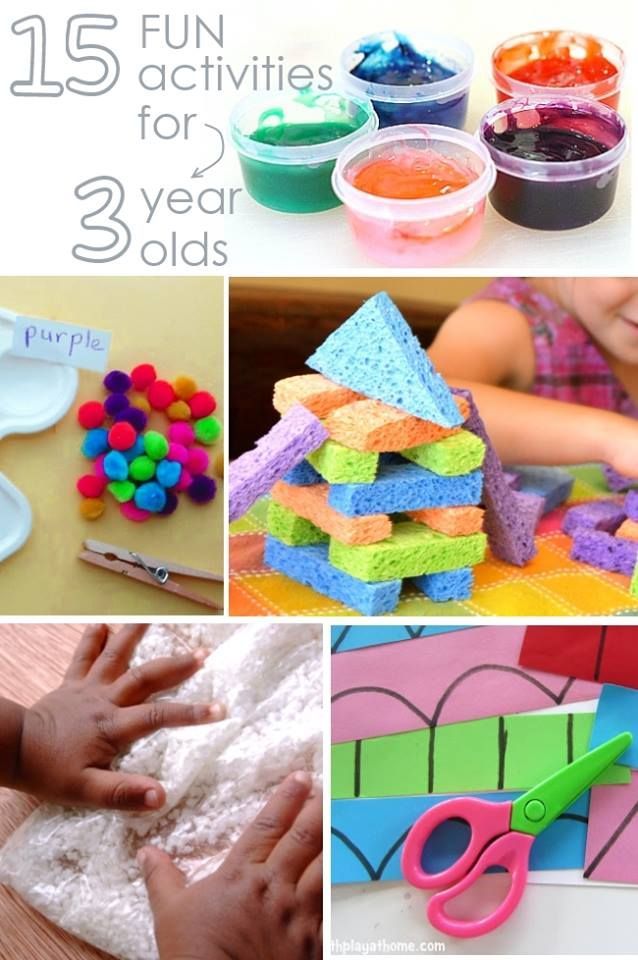
Learn more

